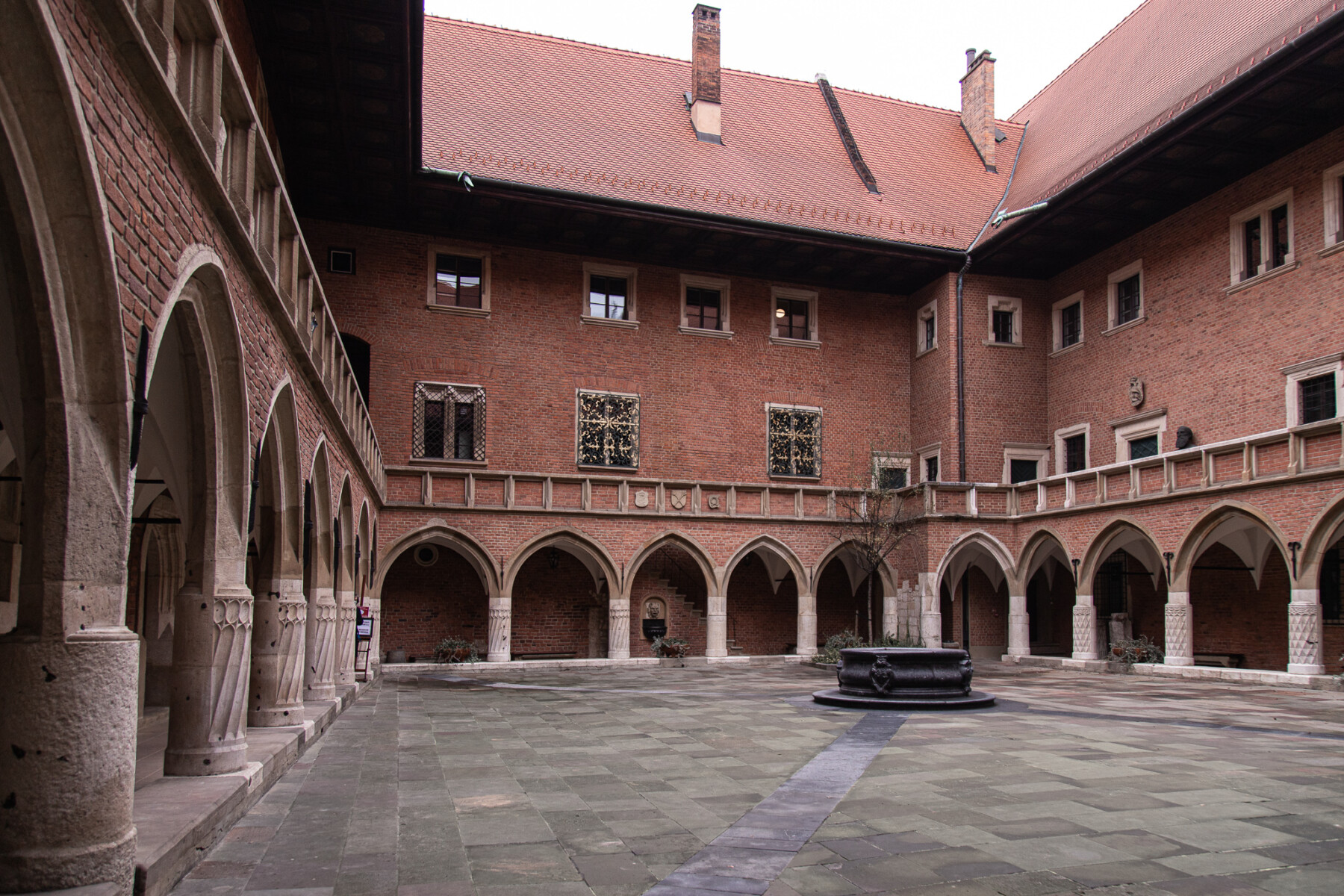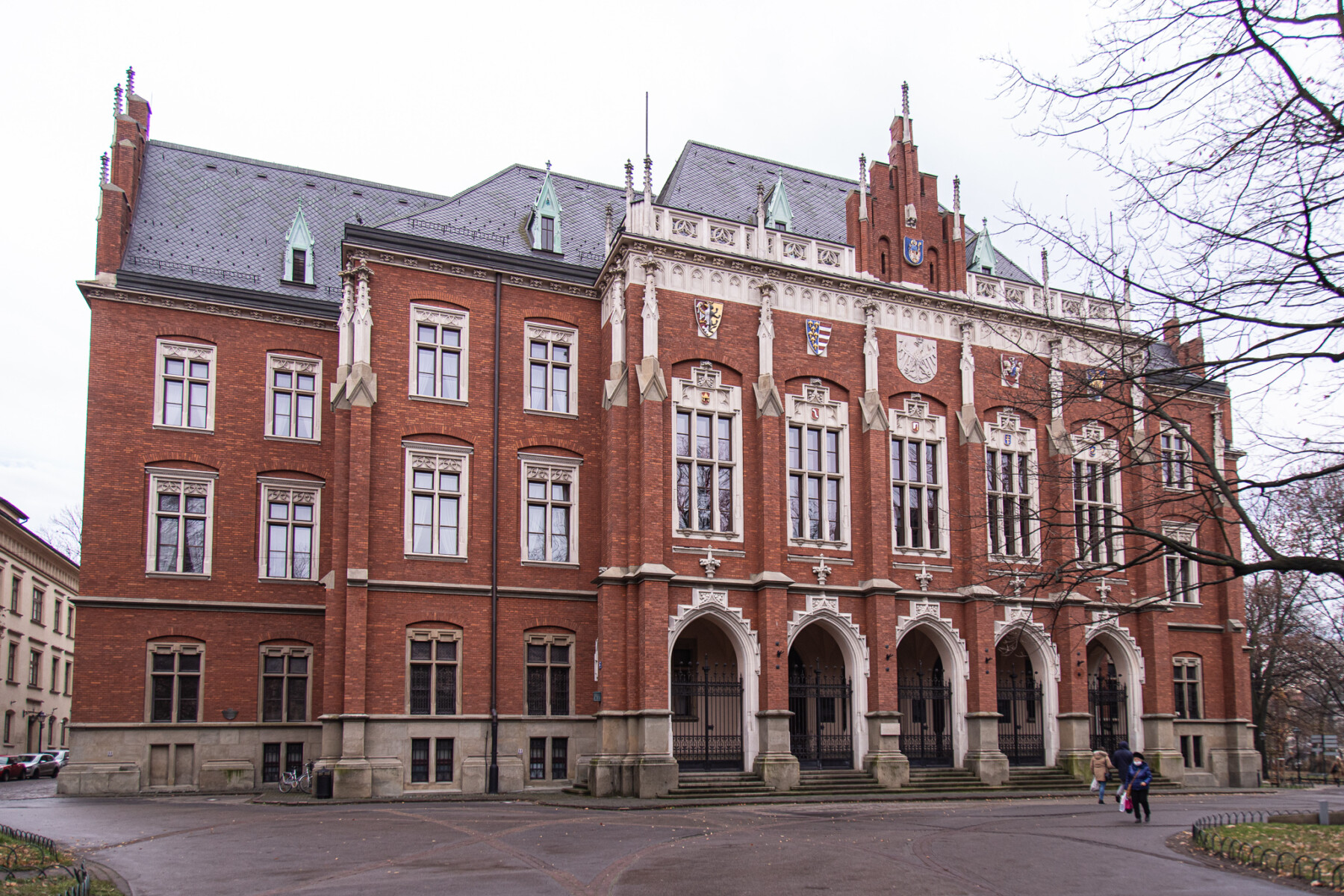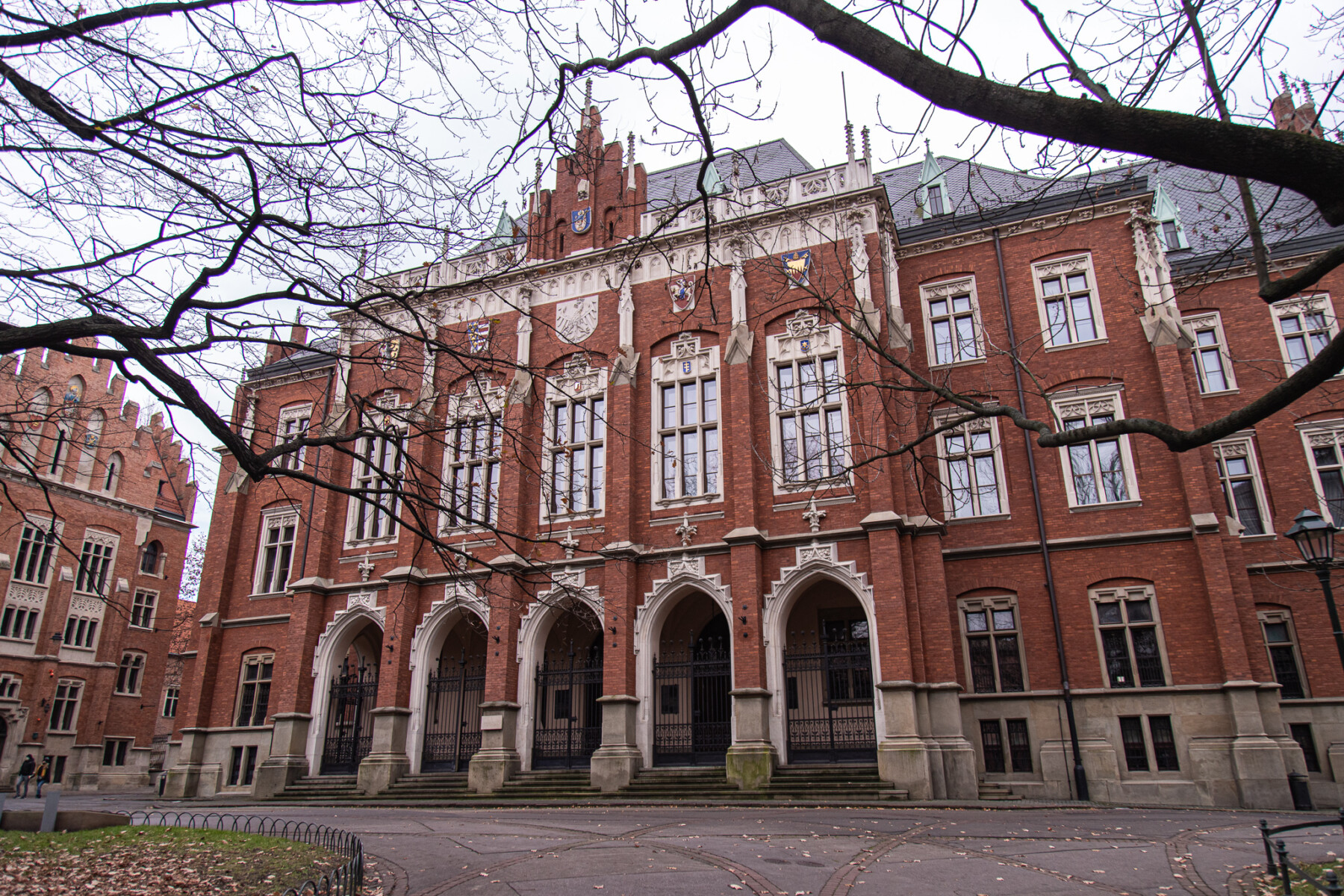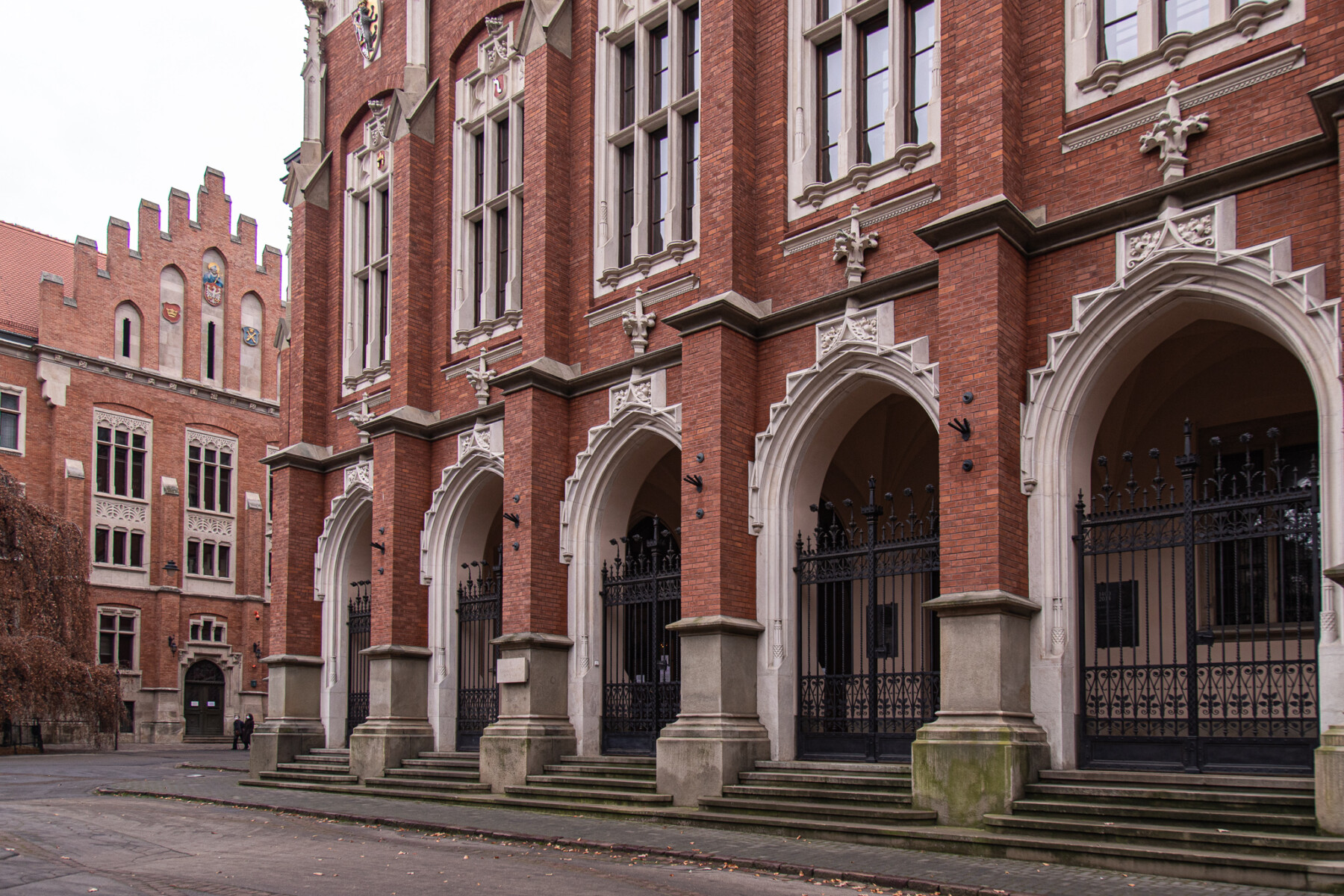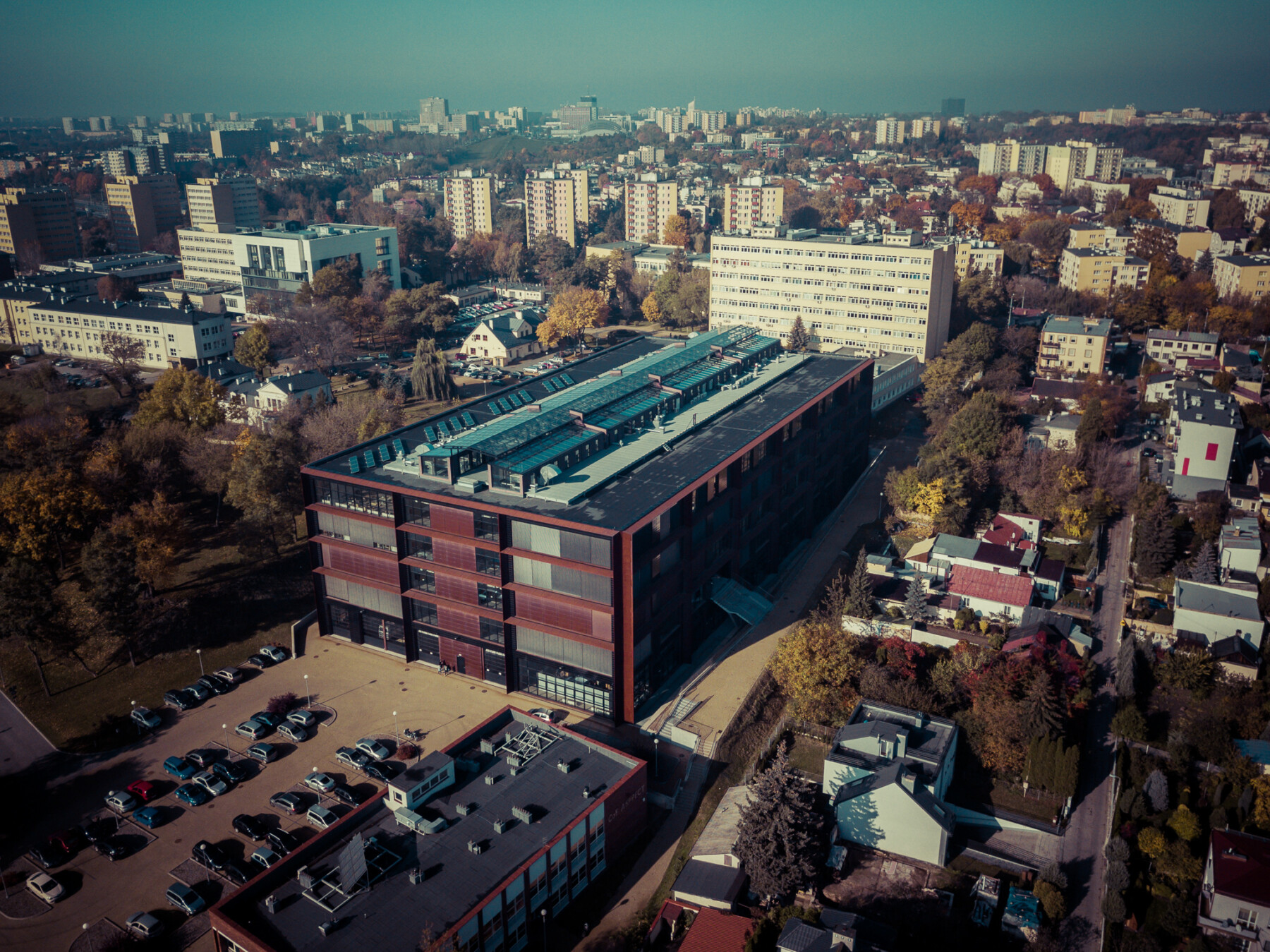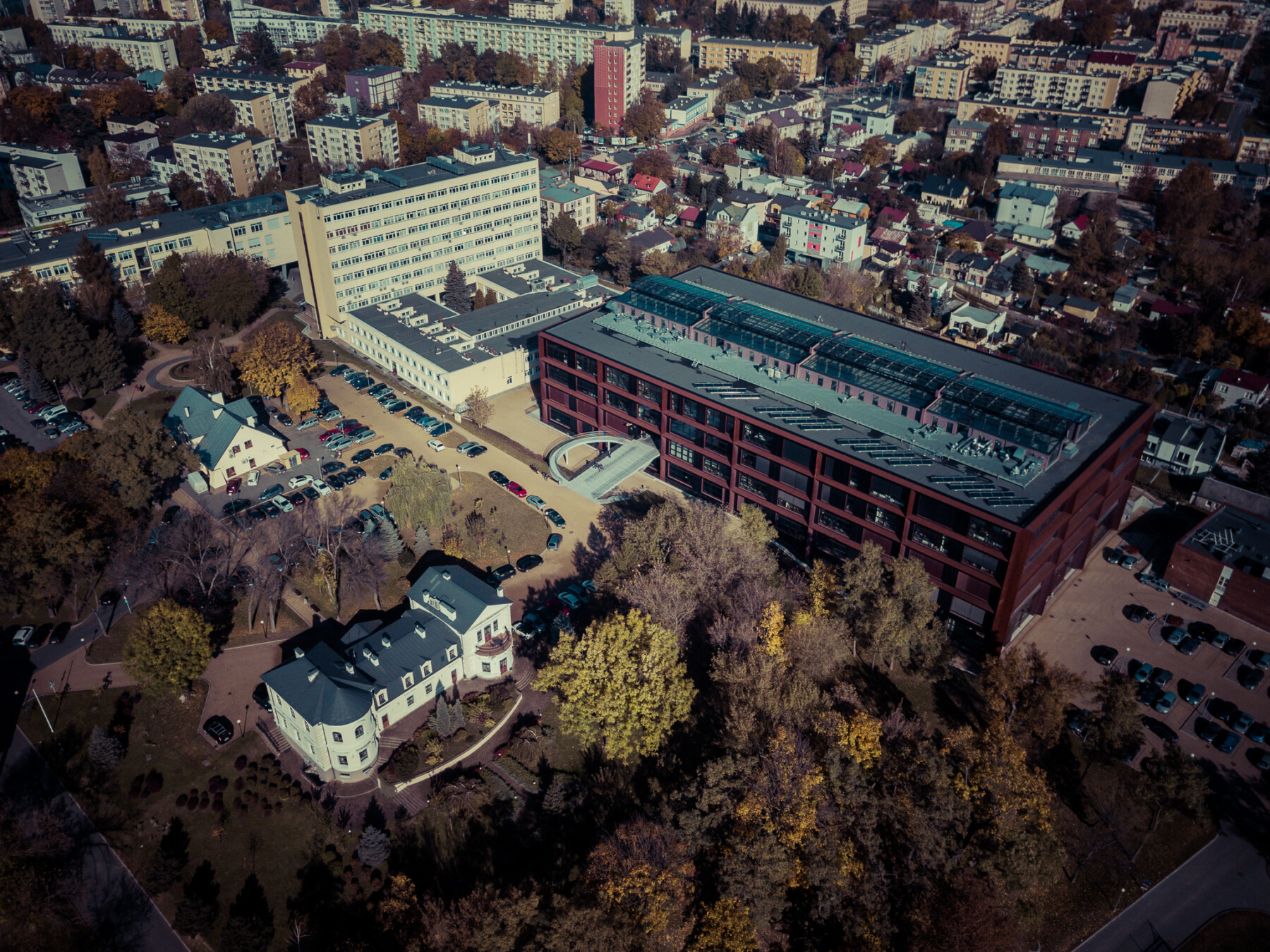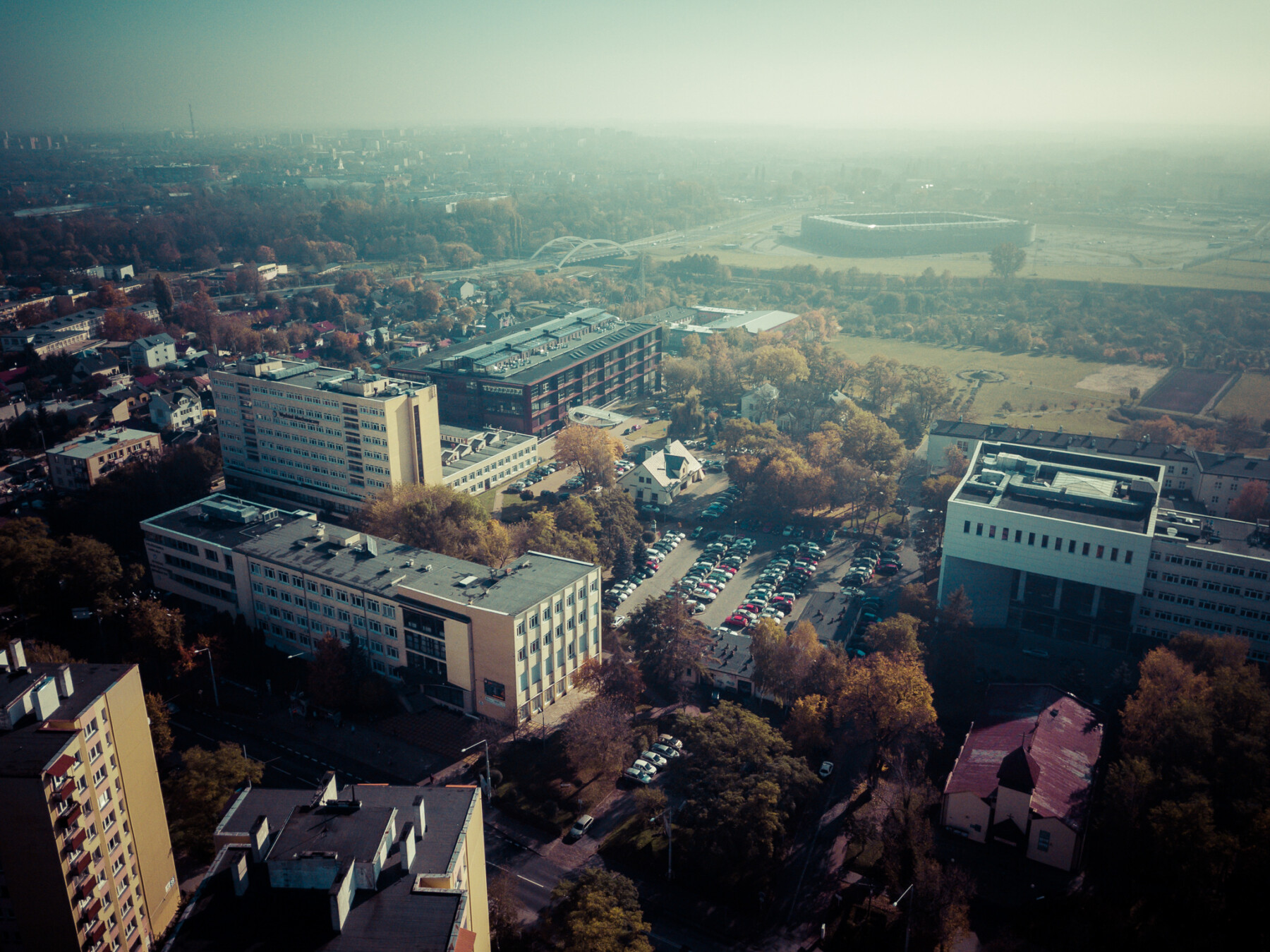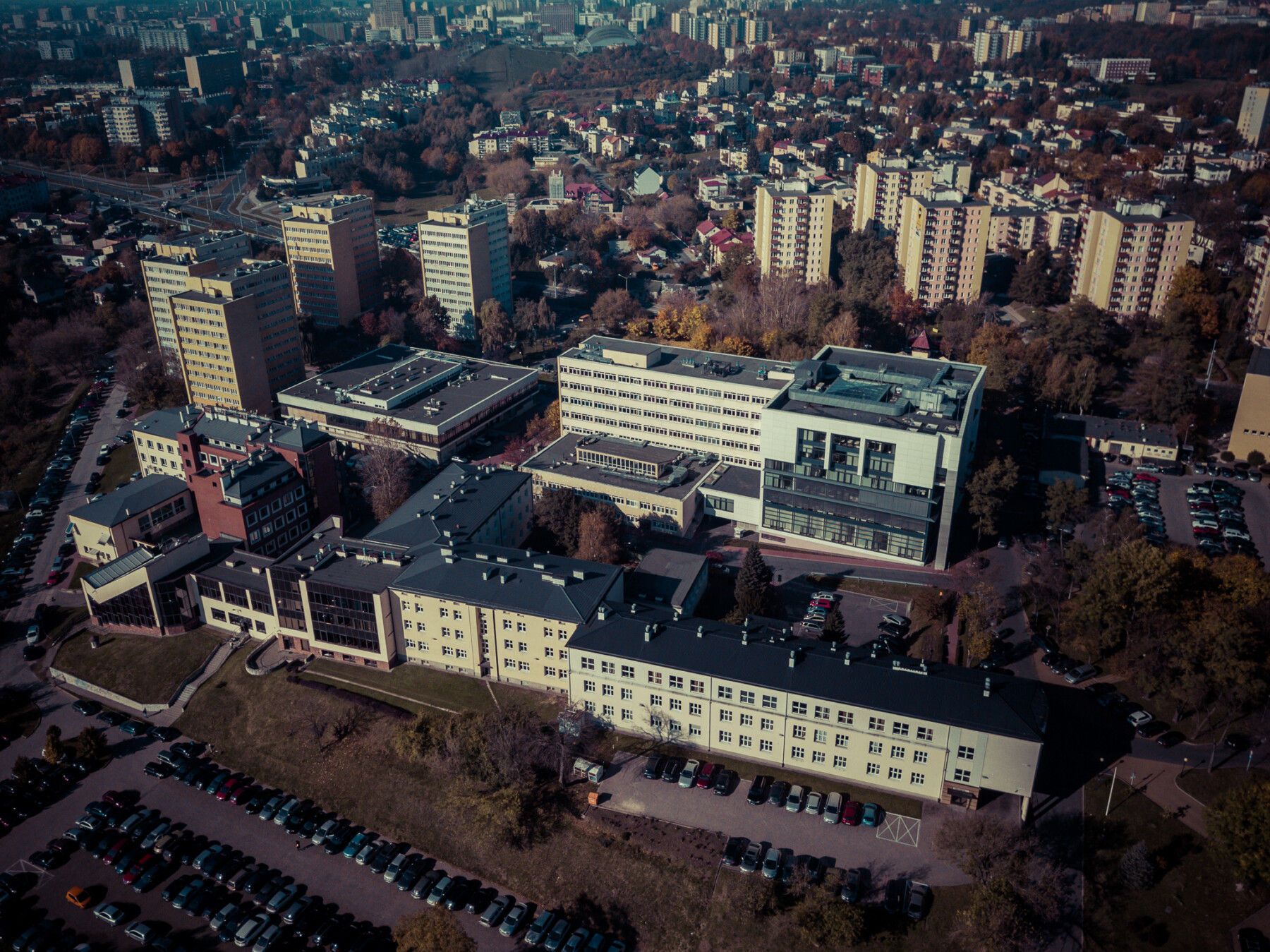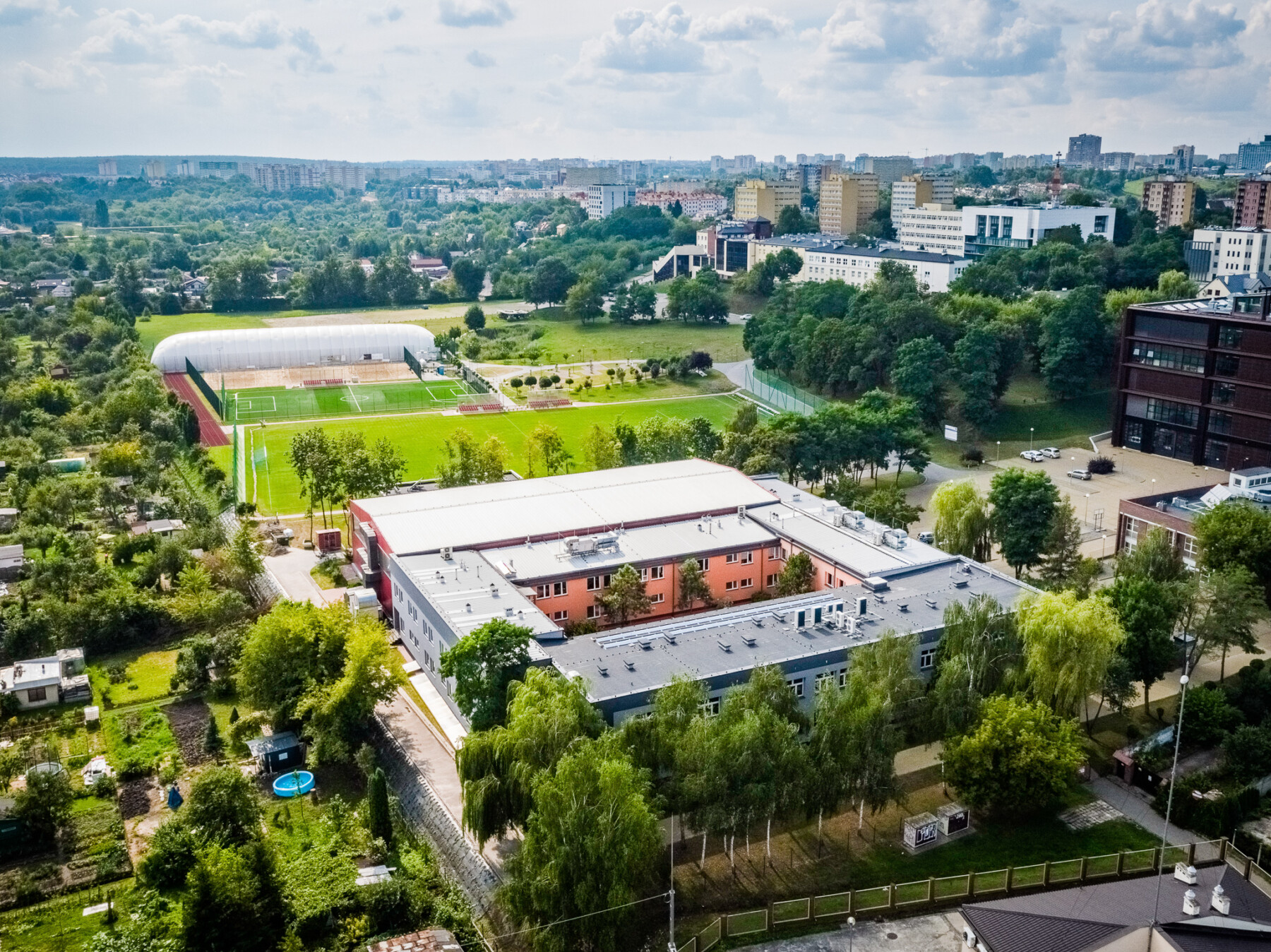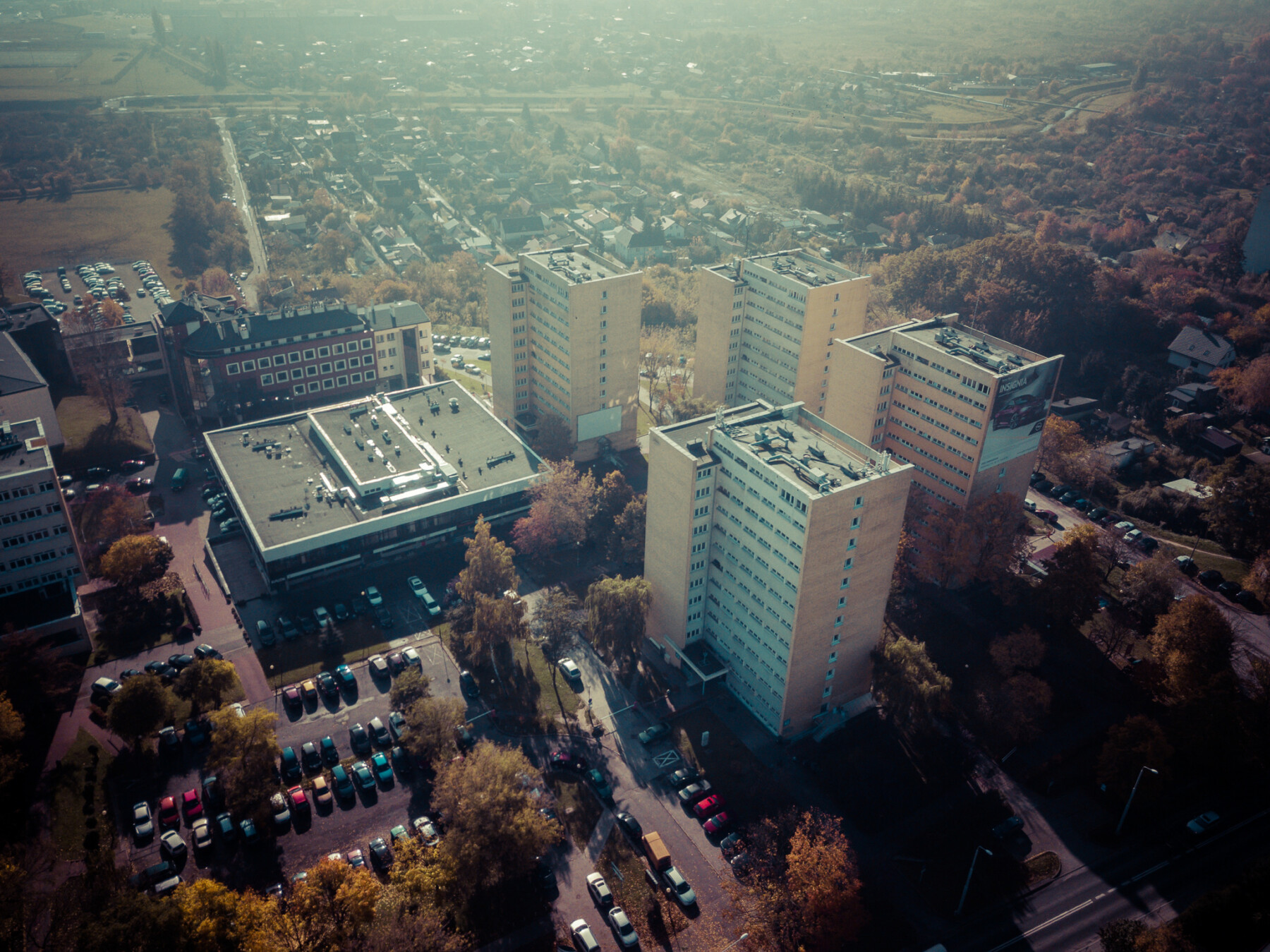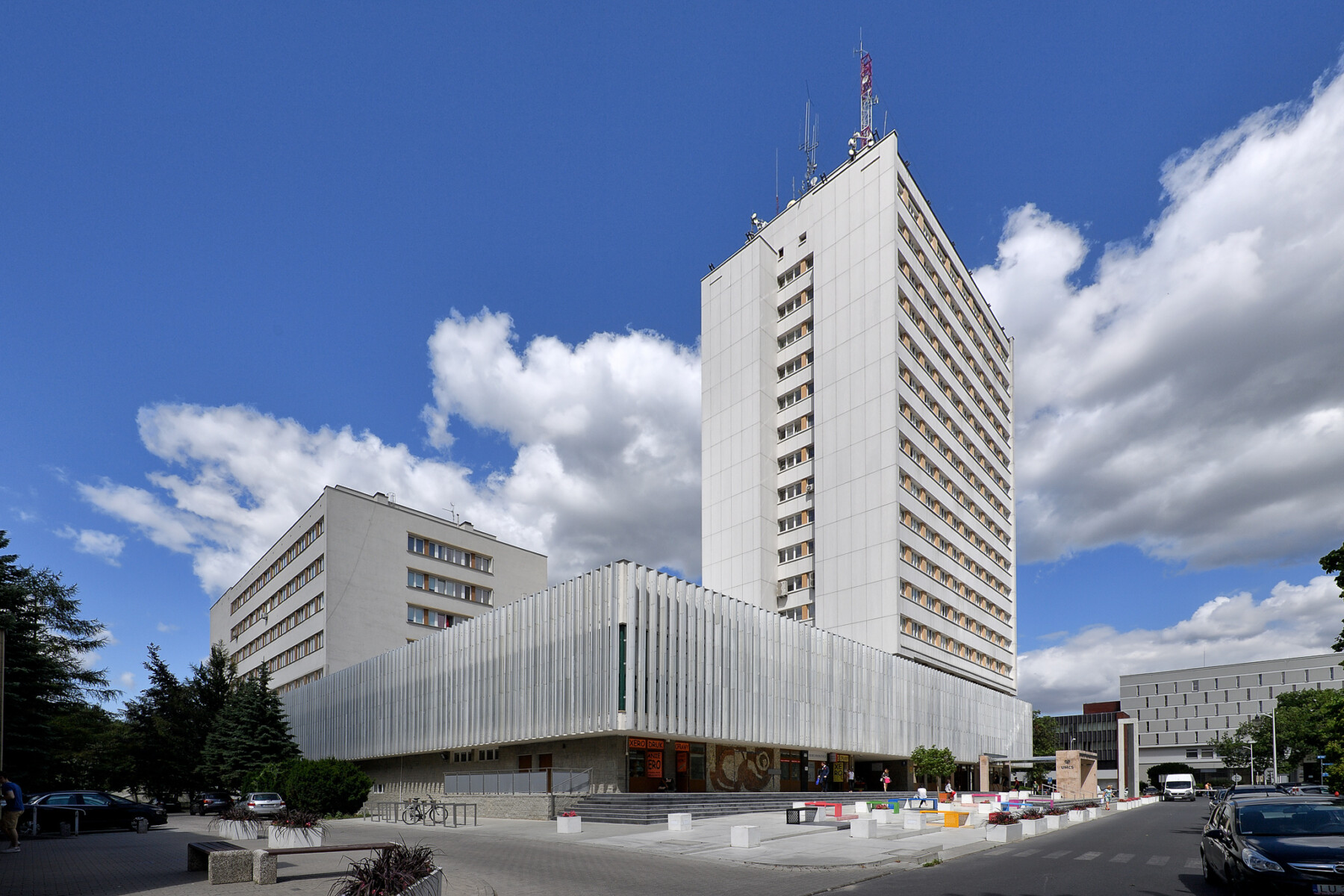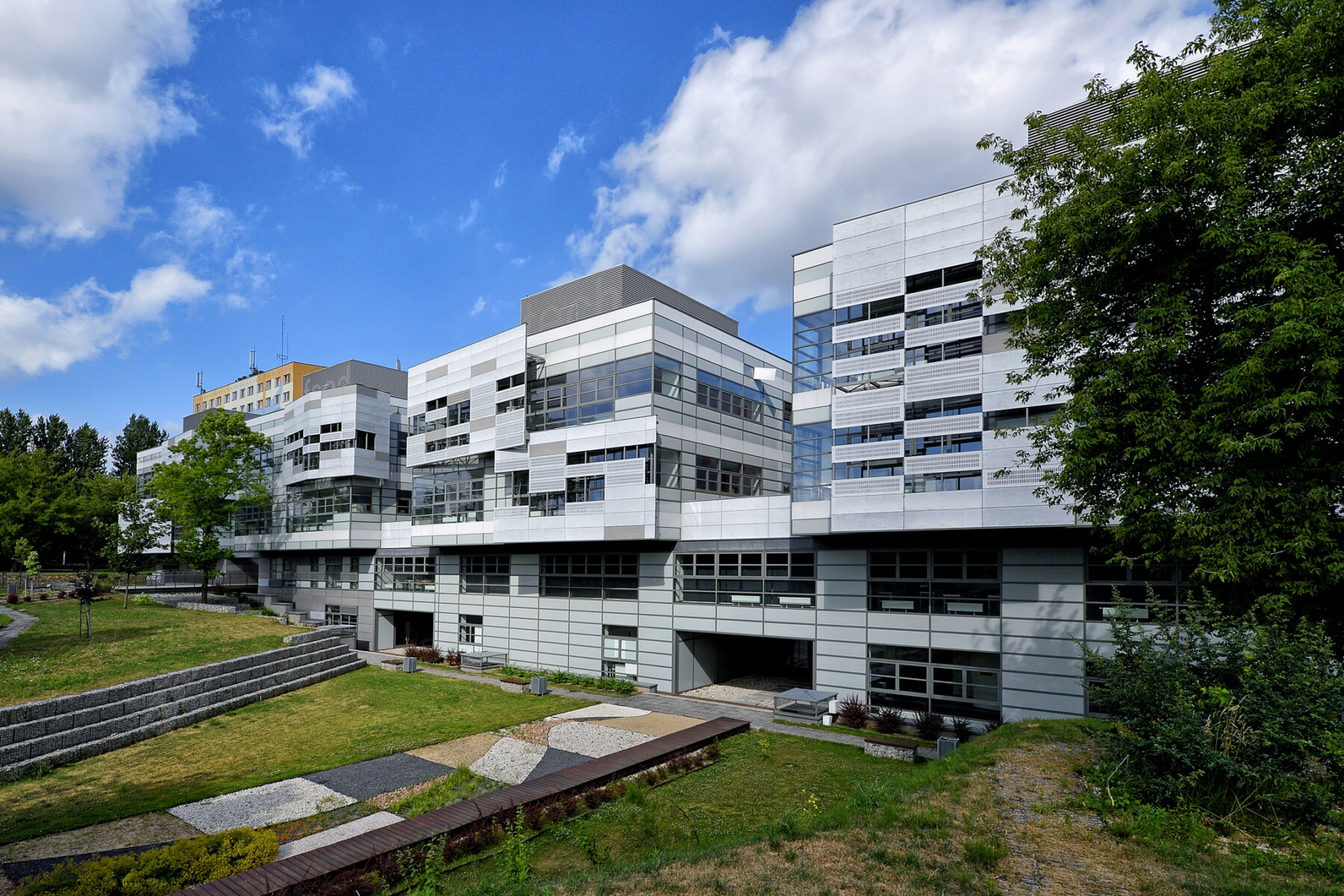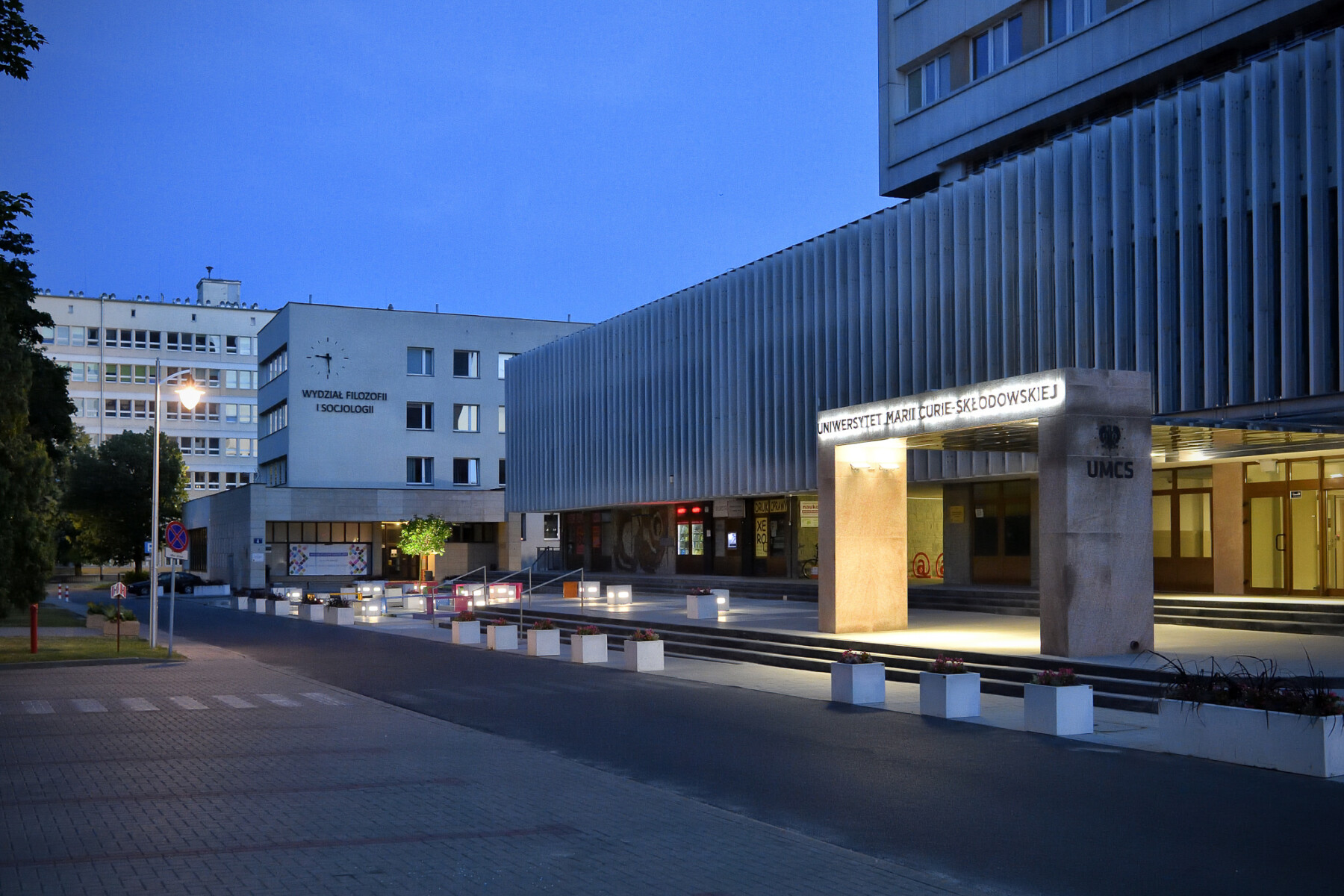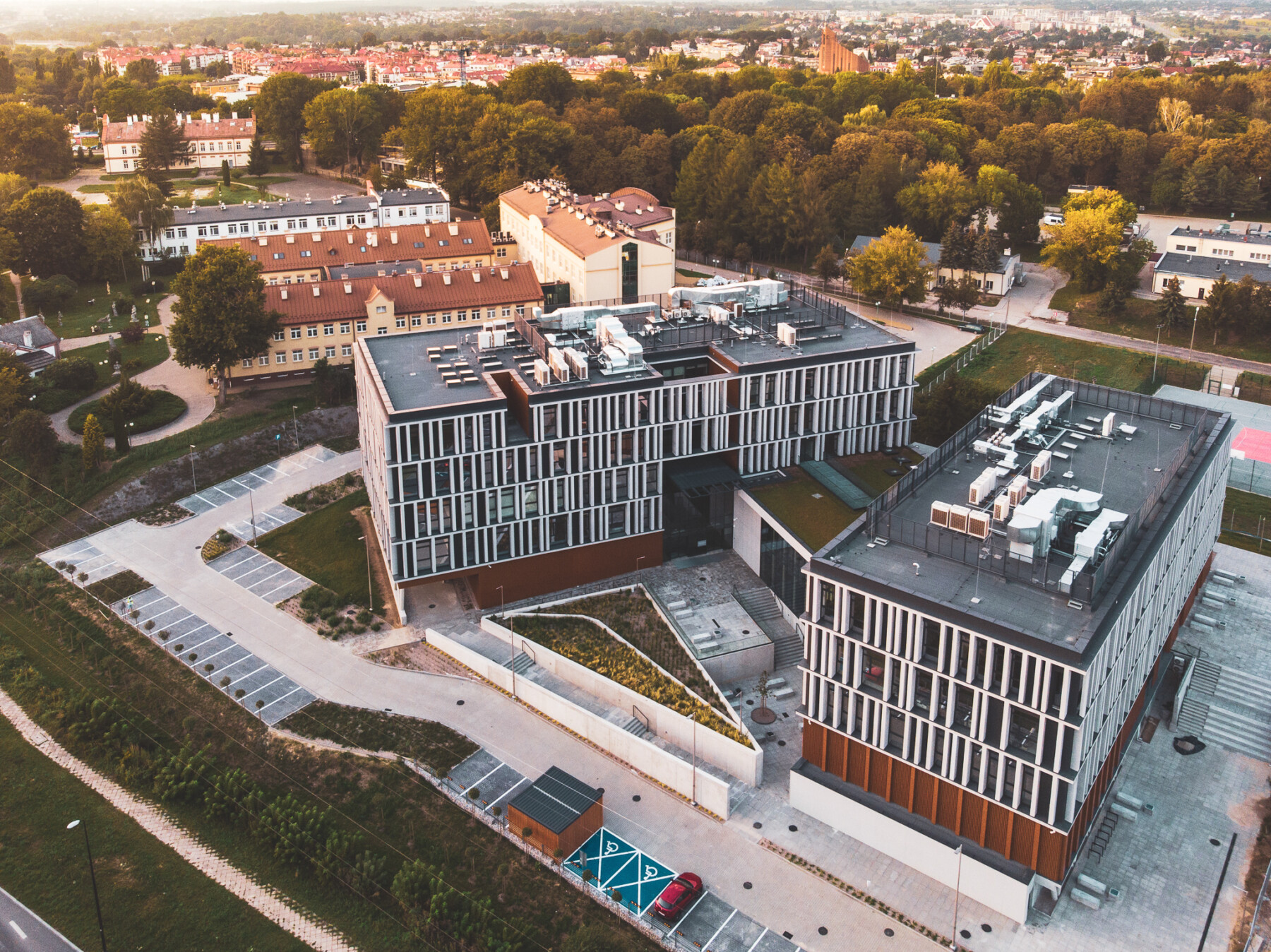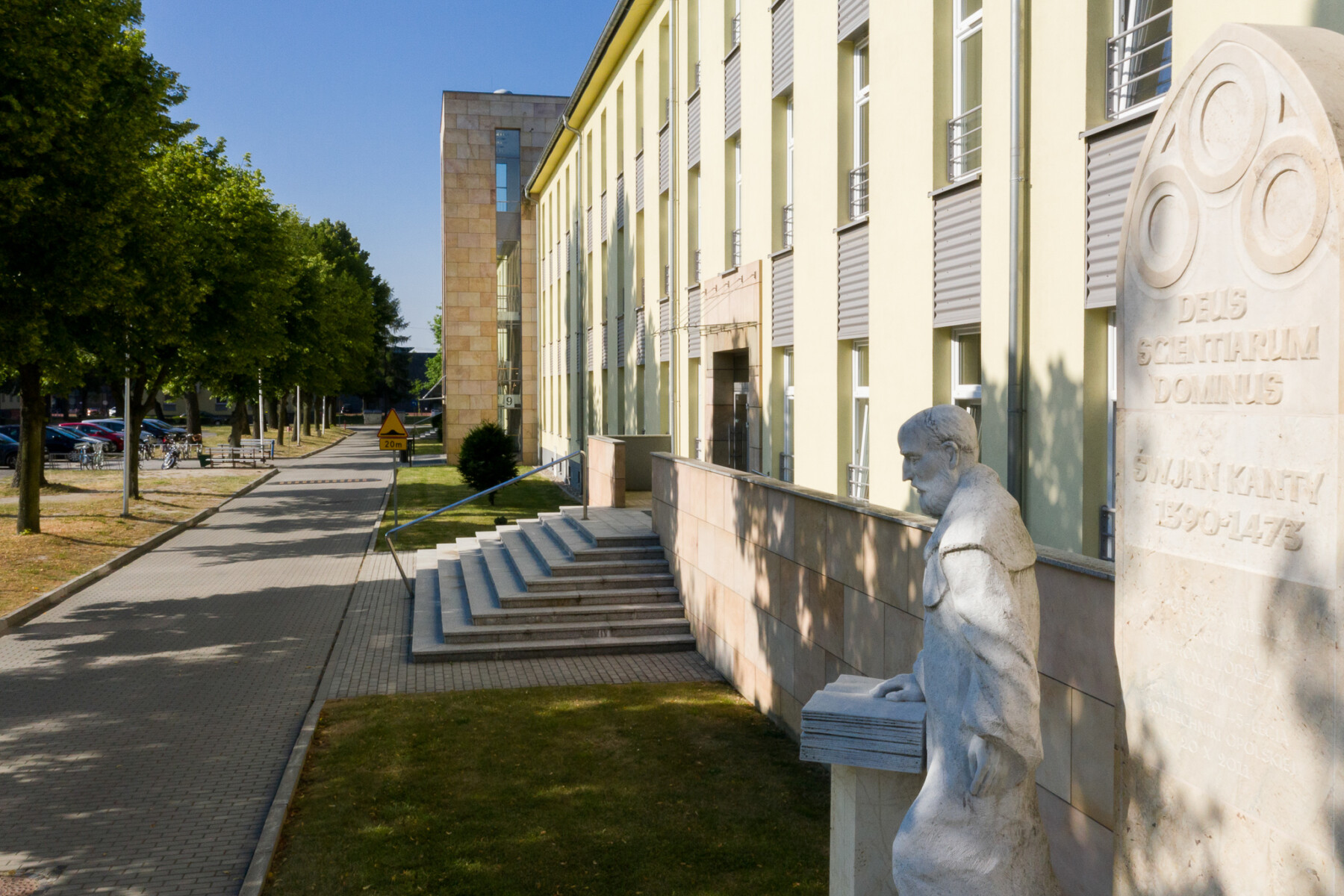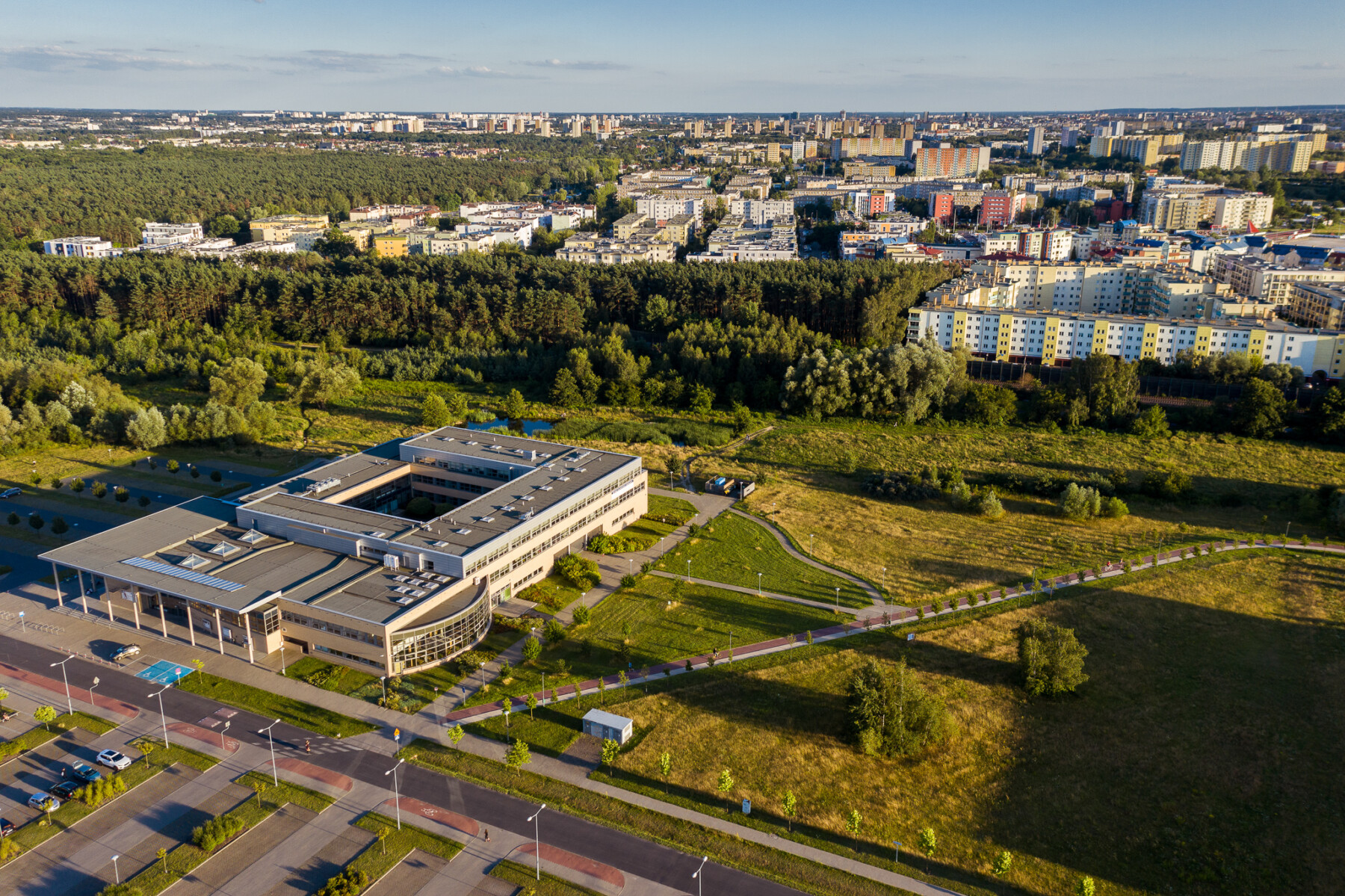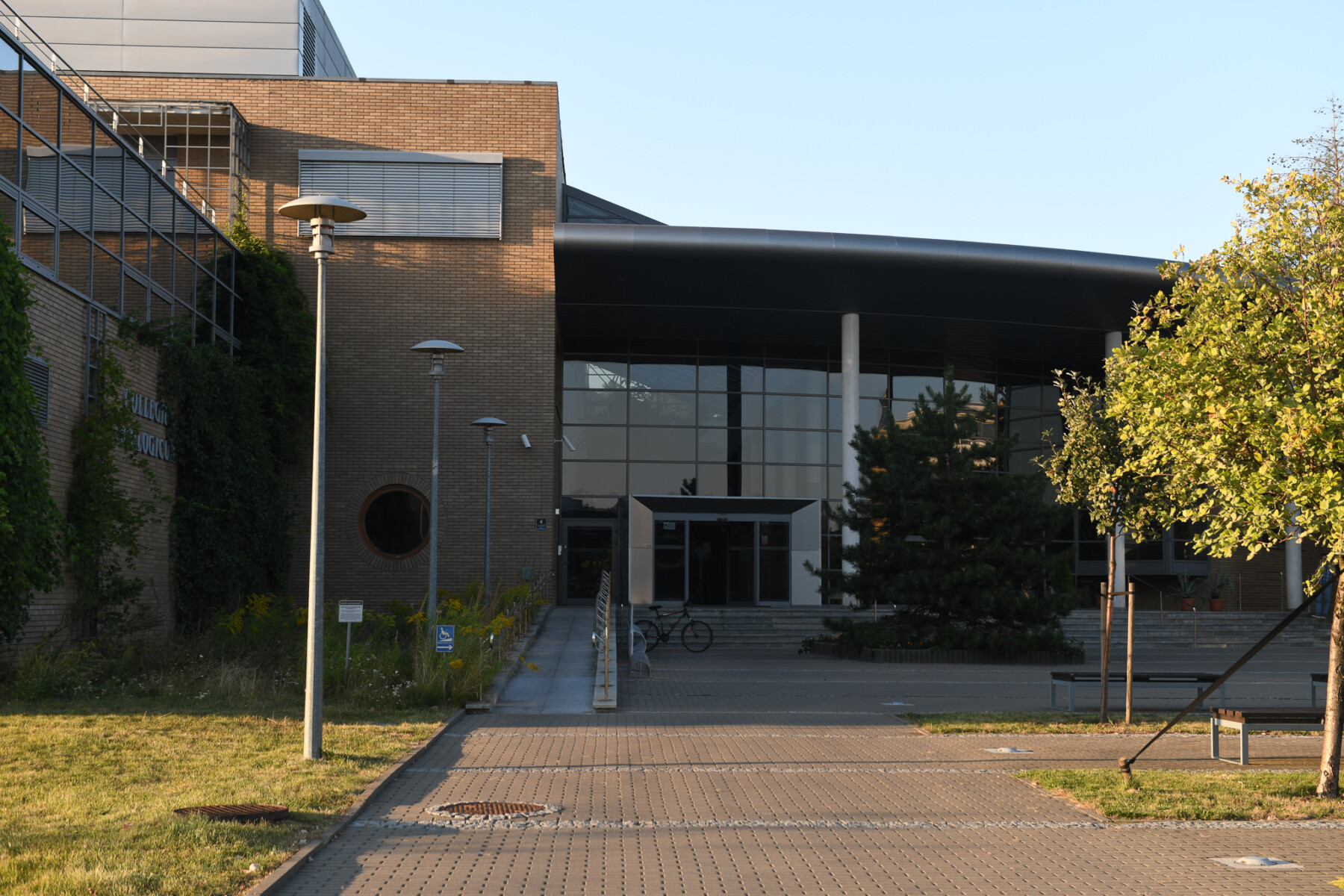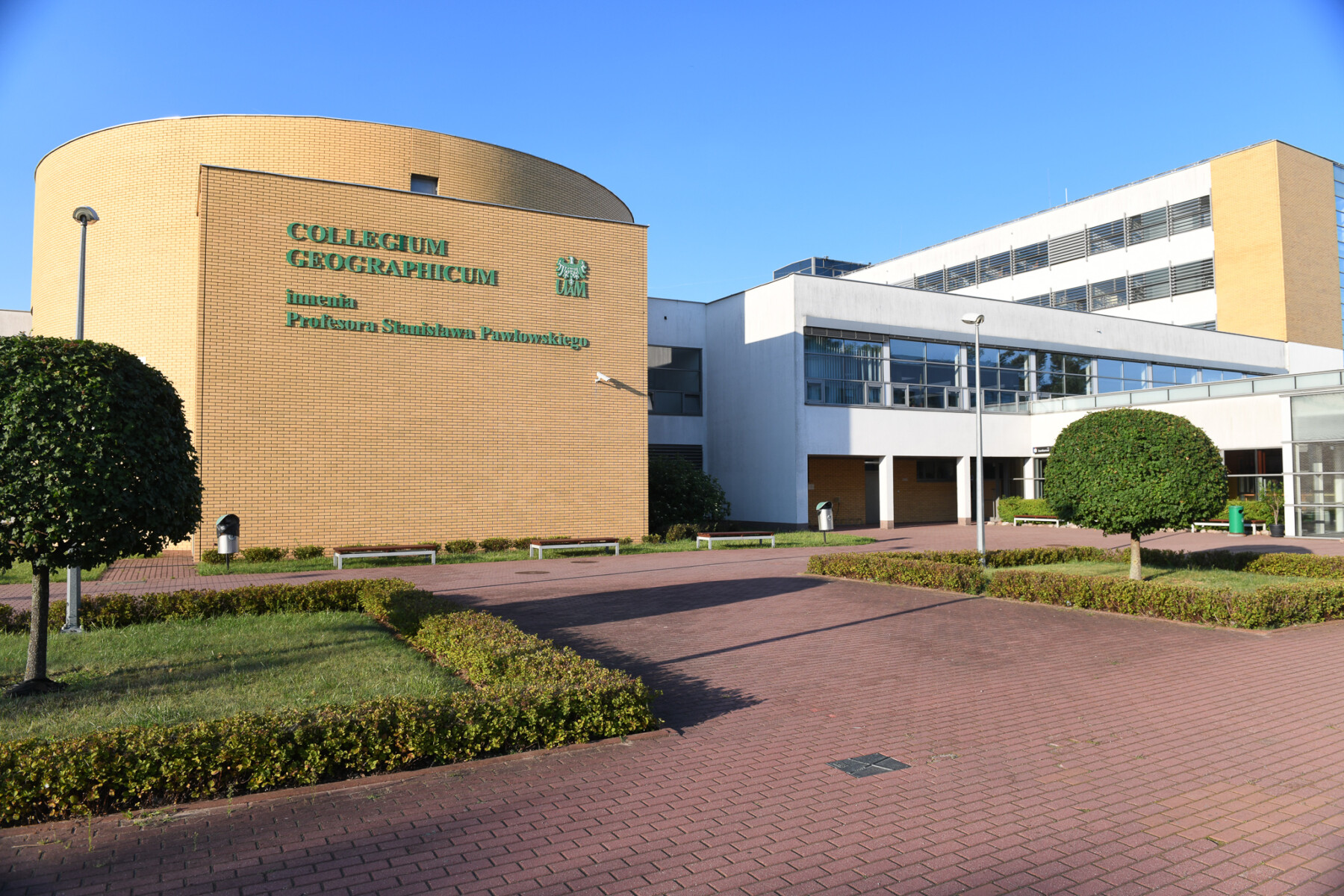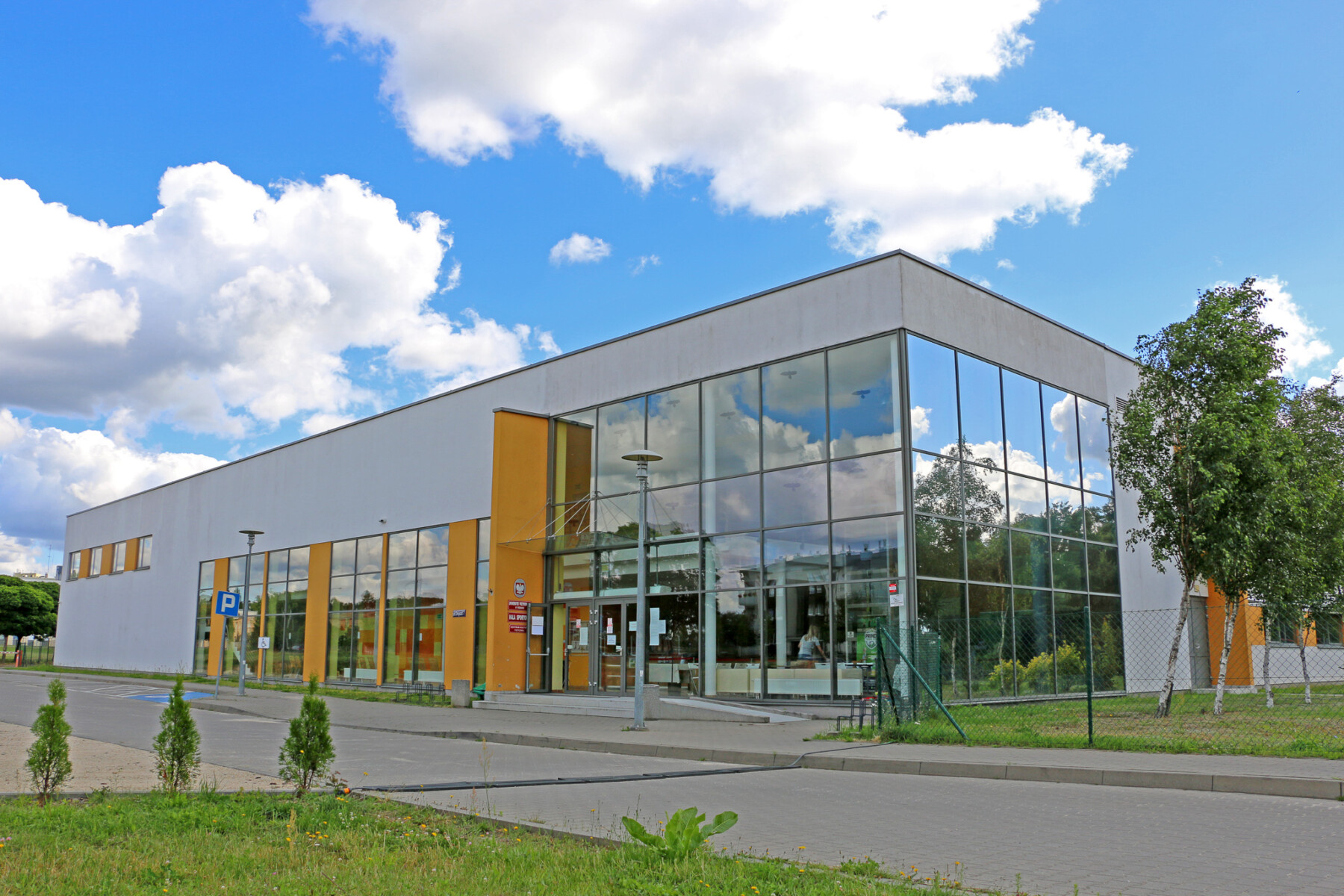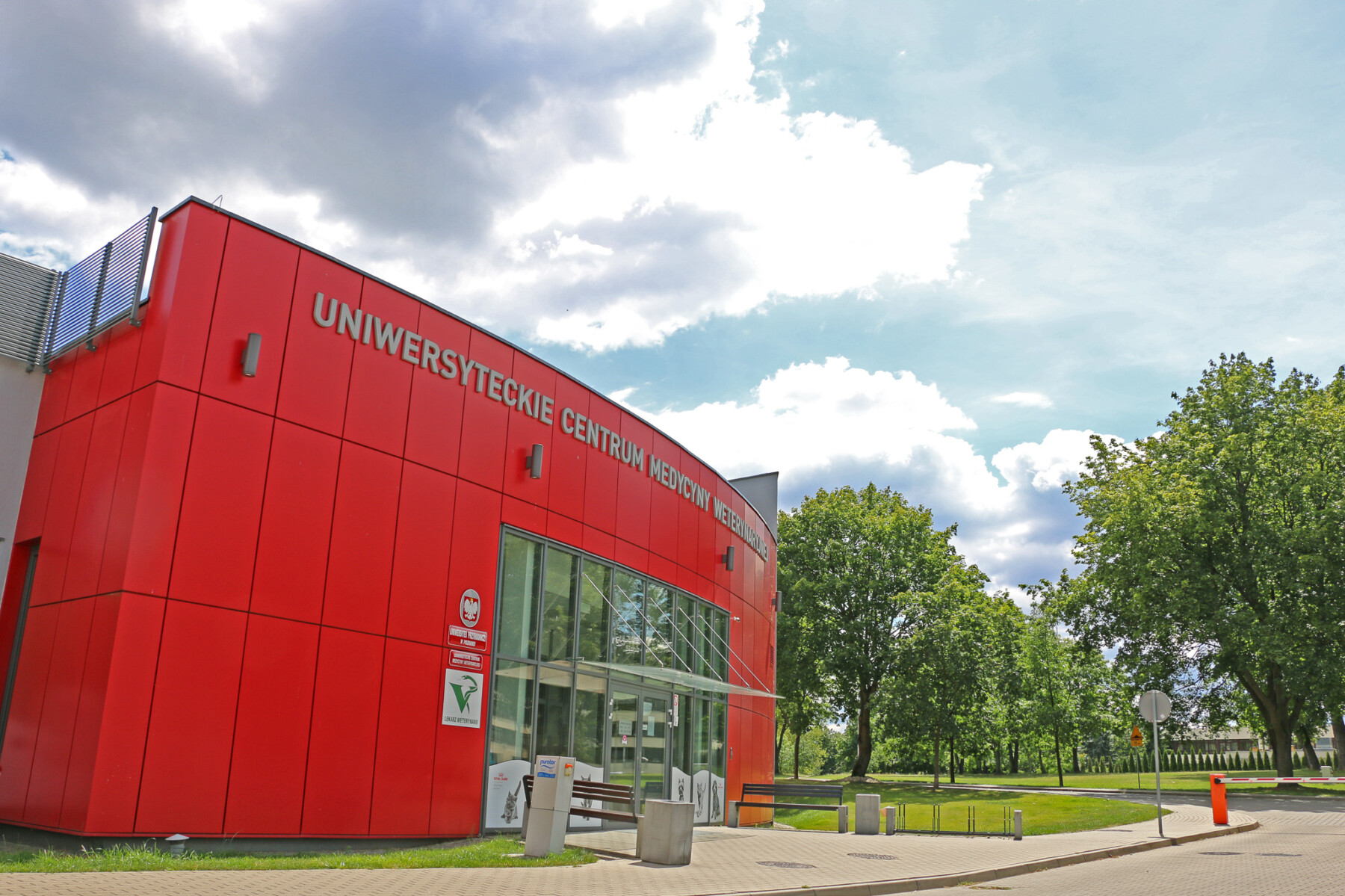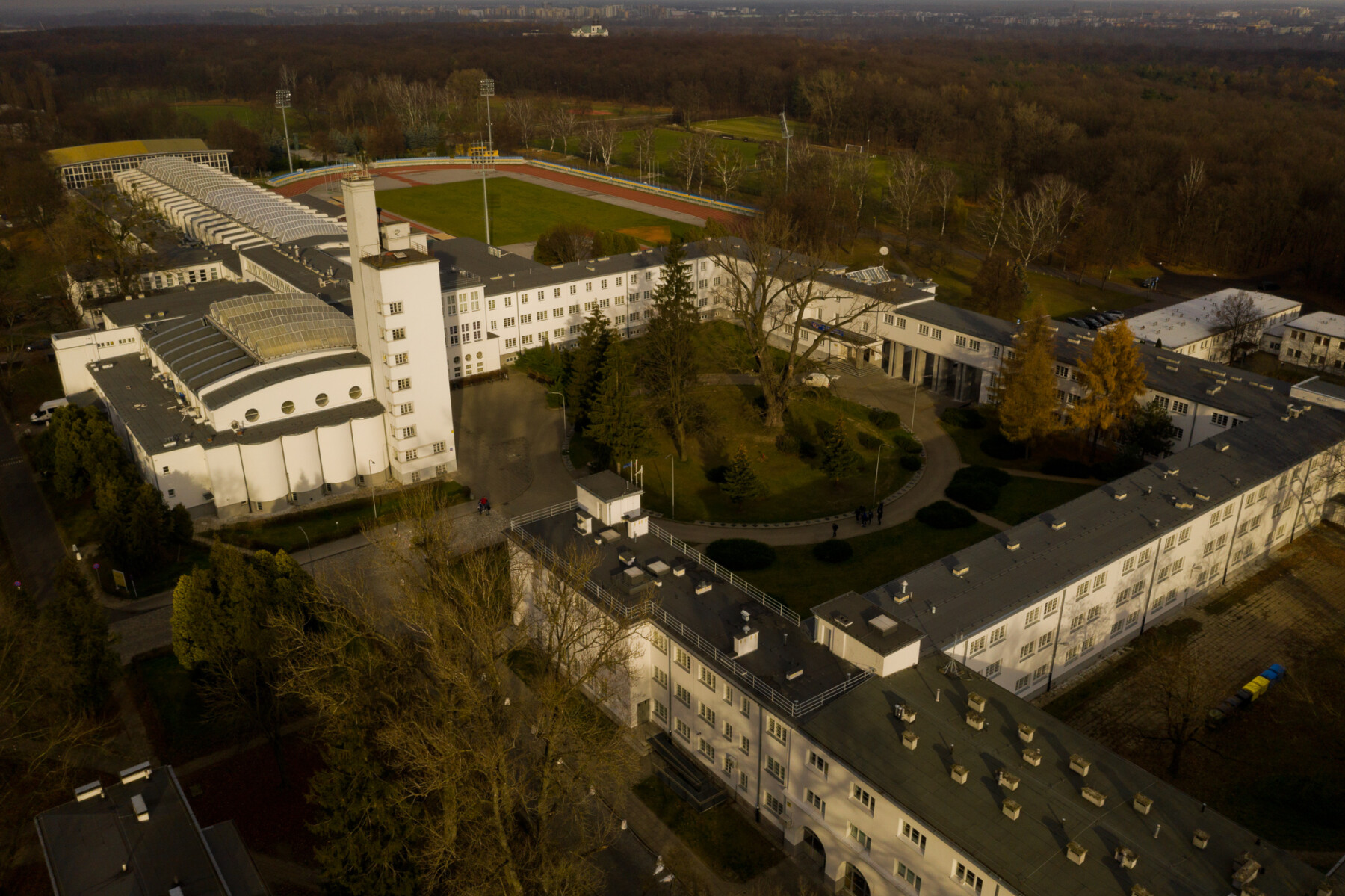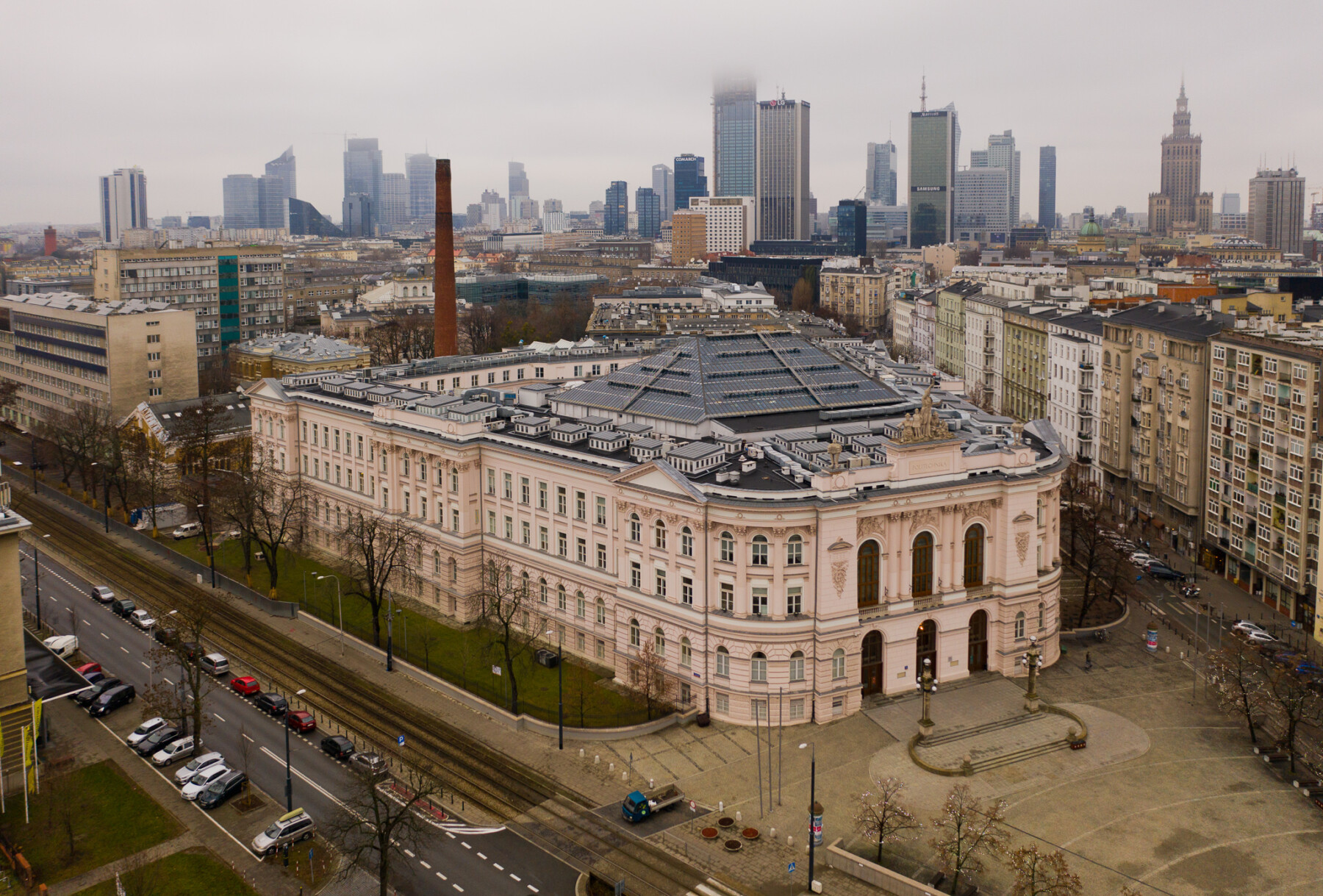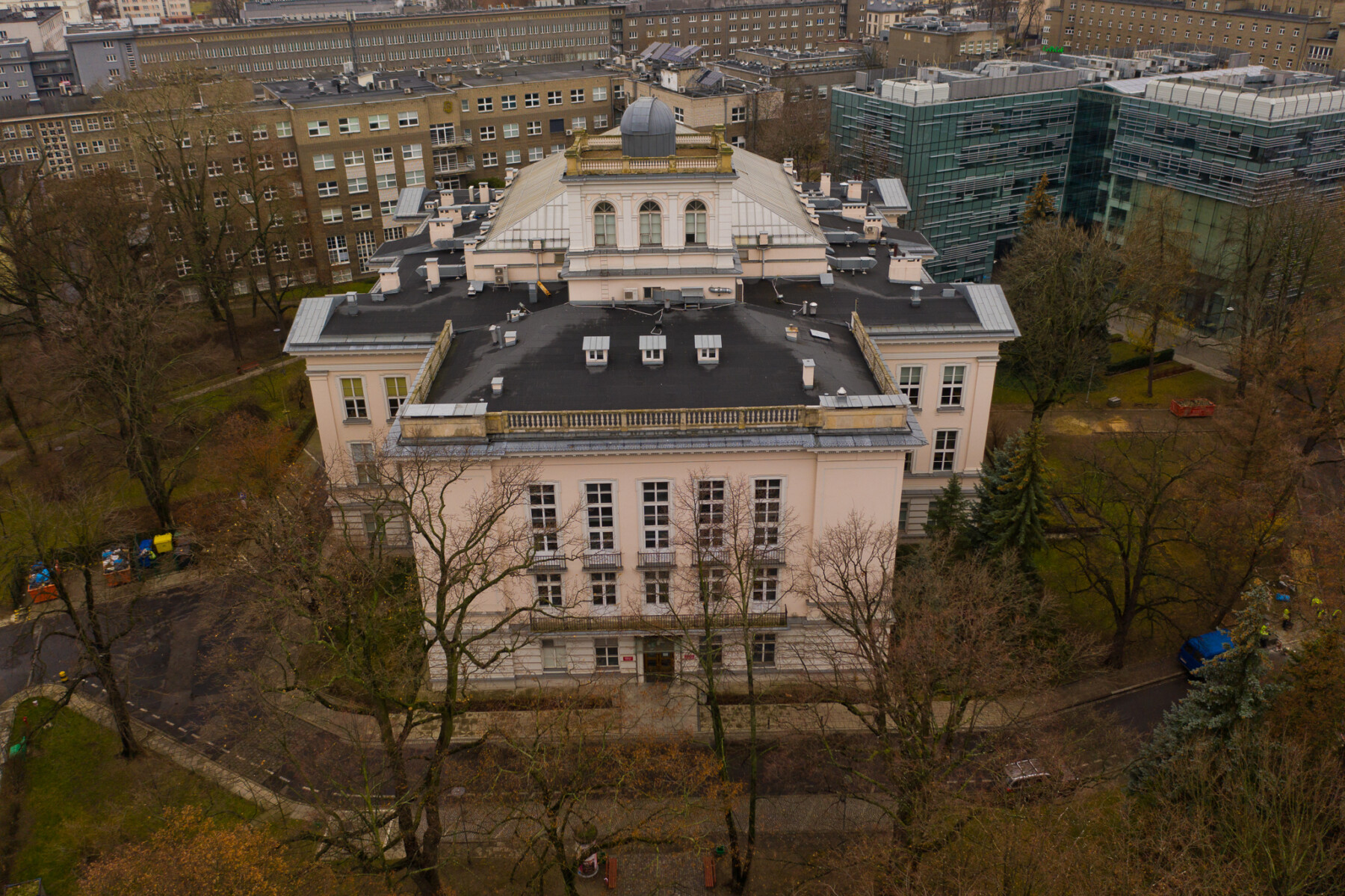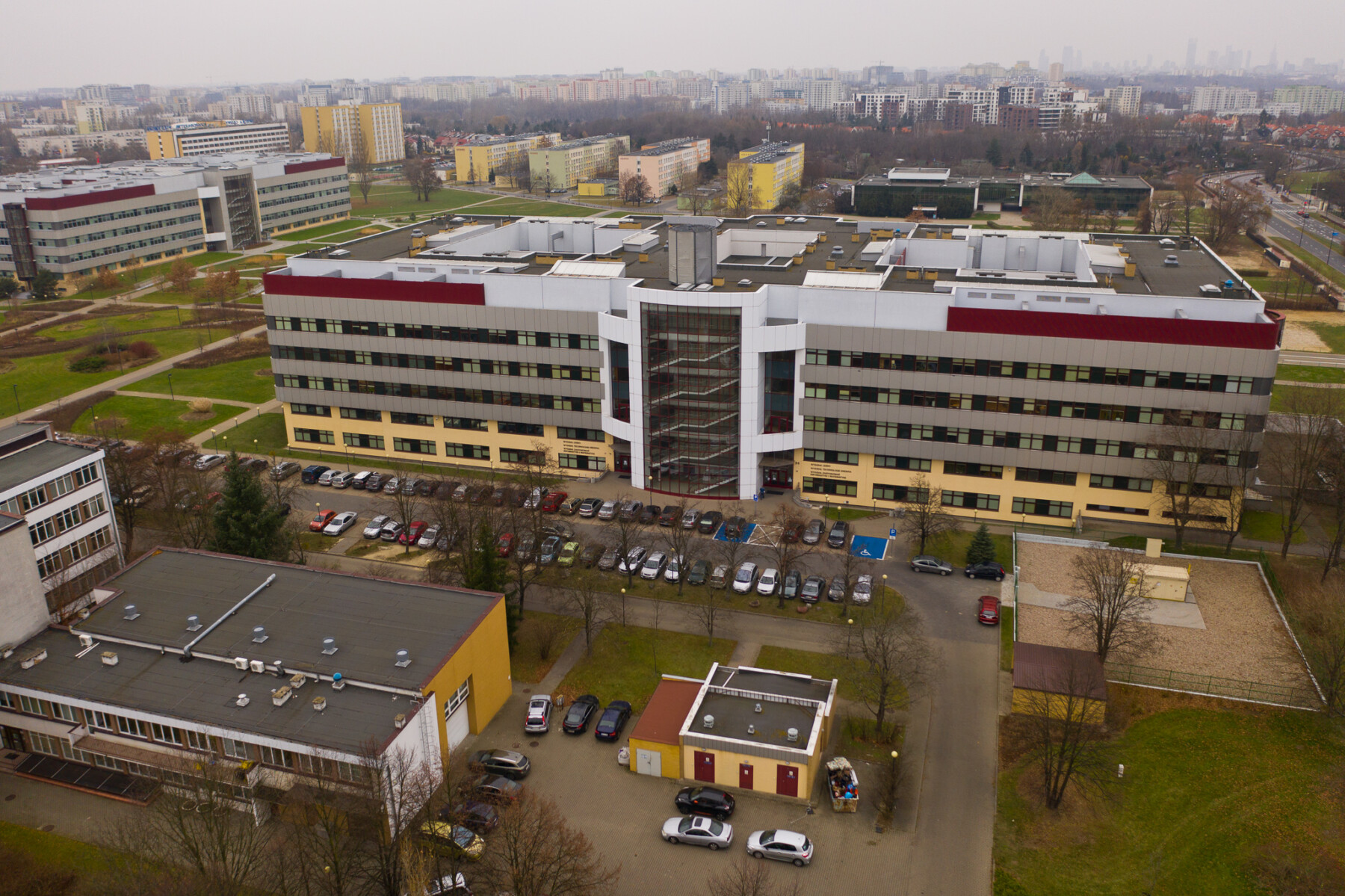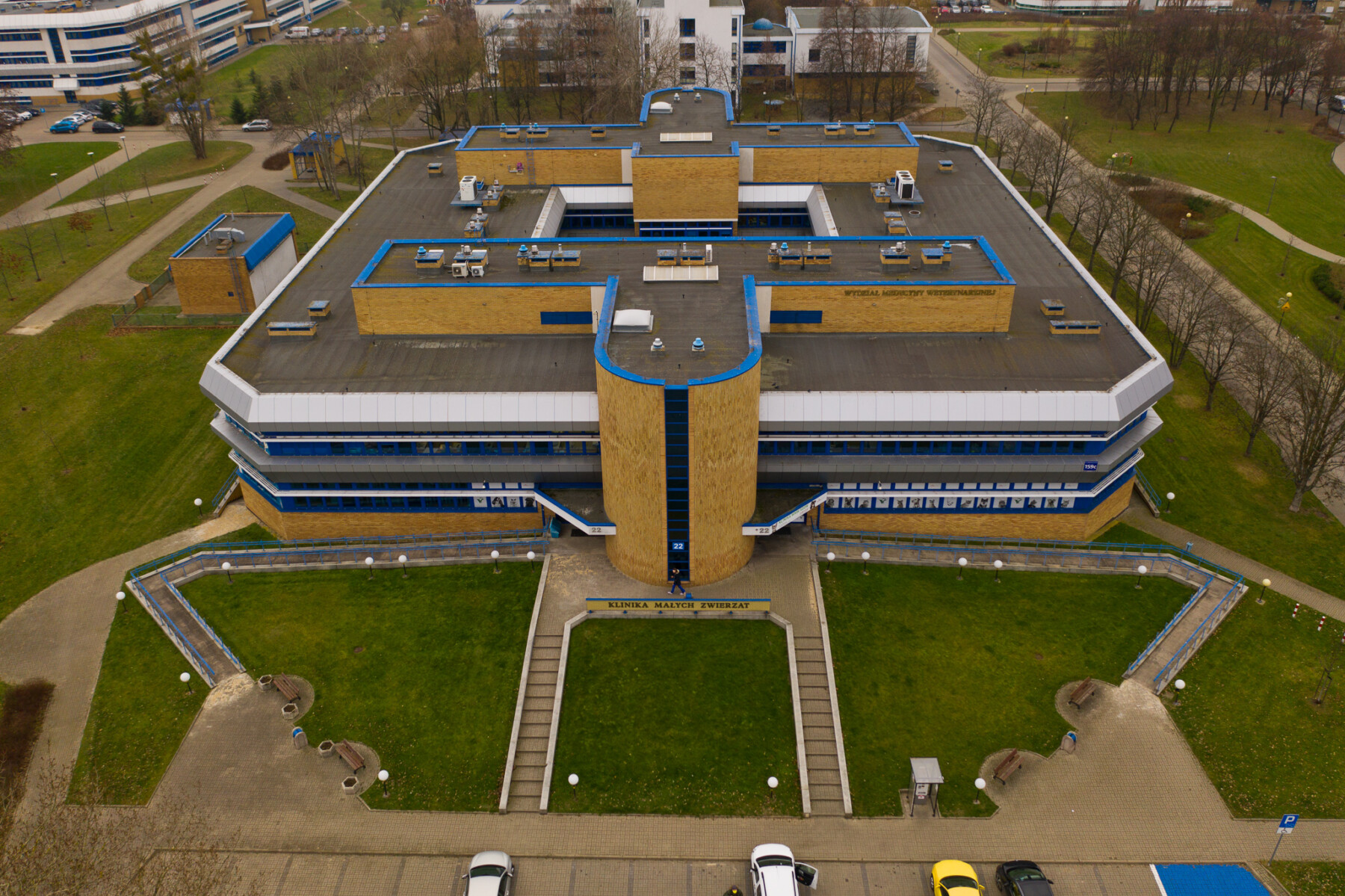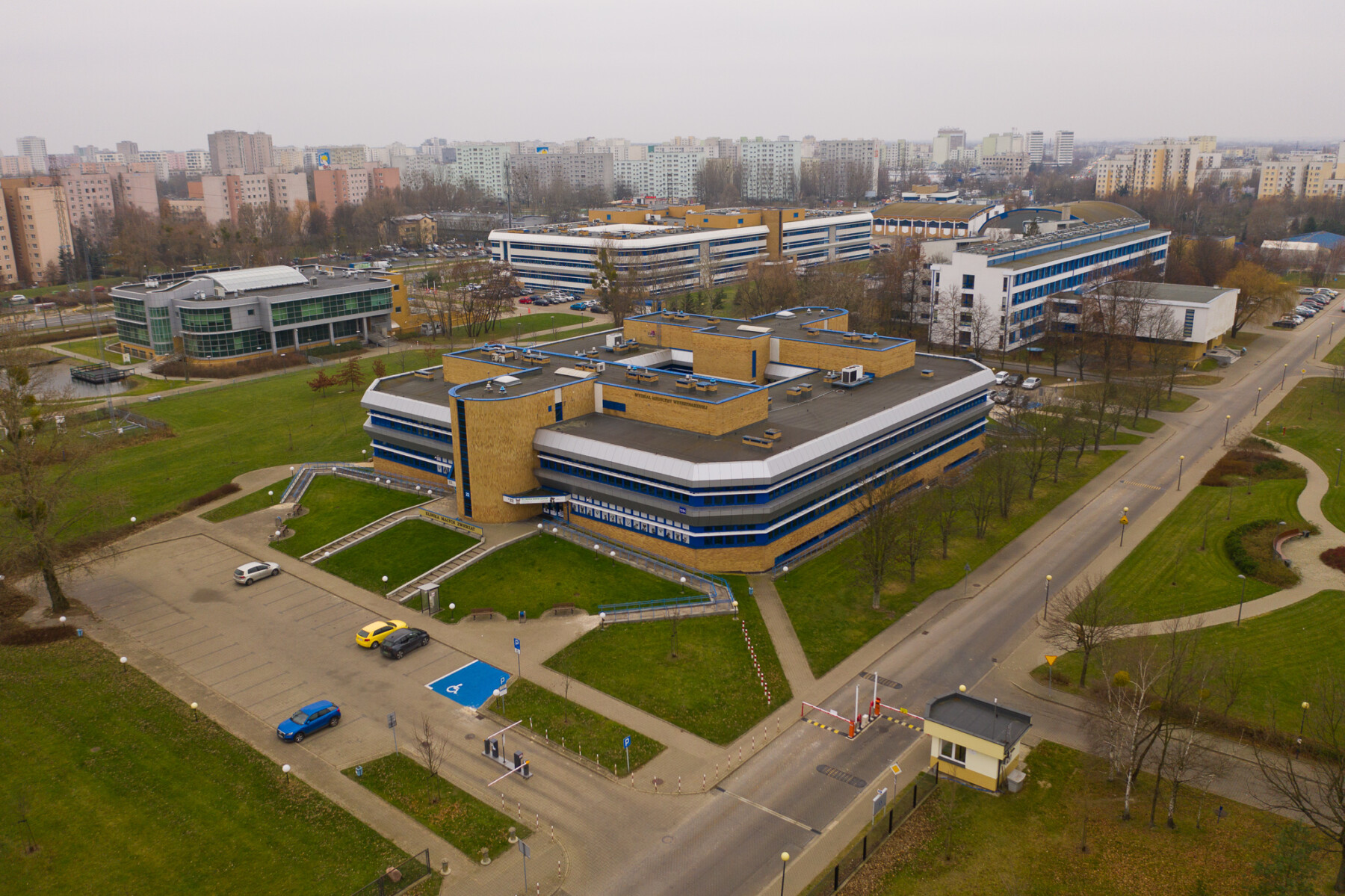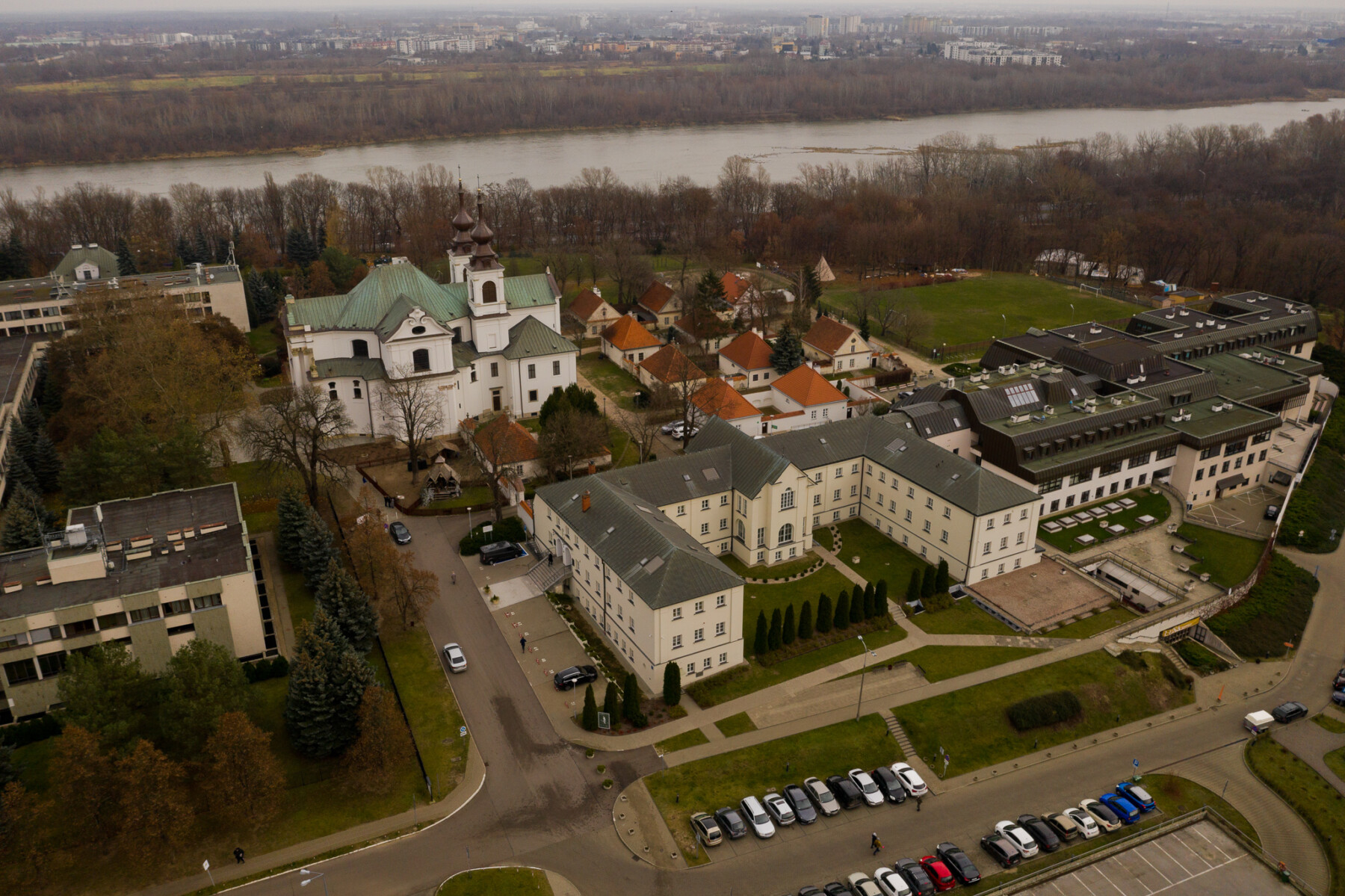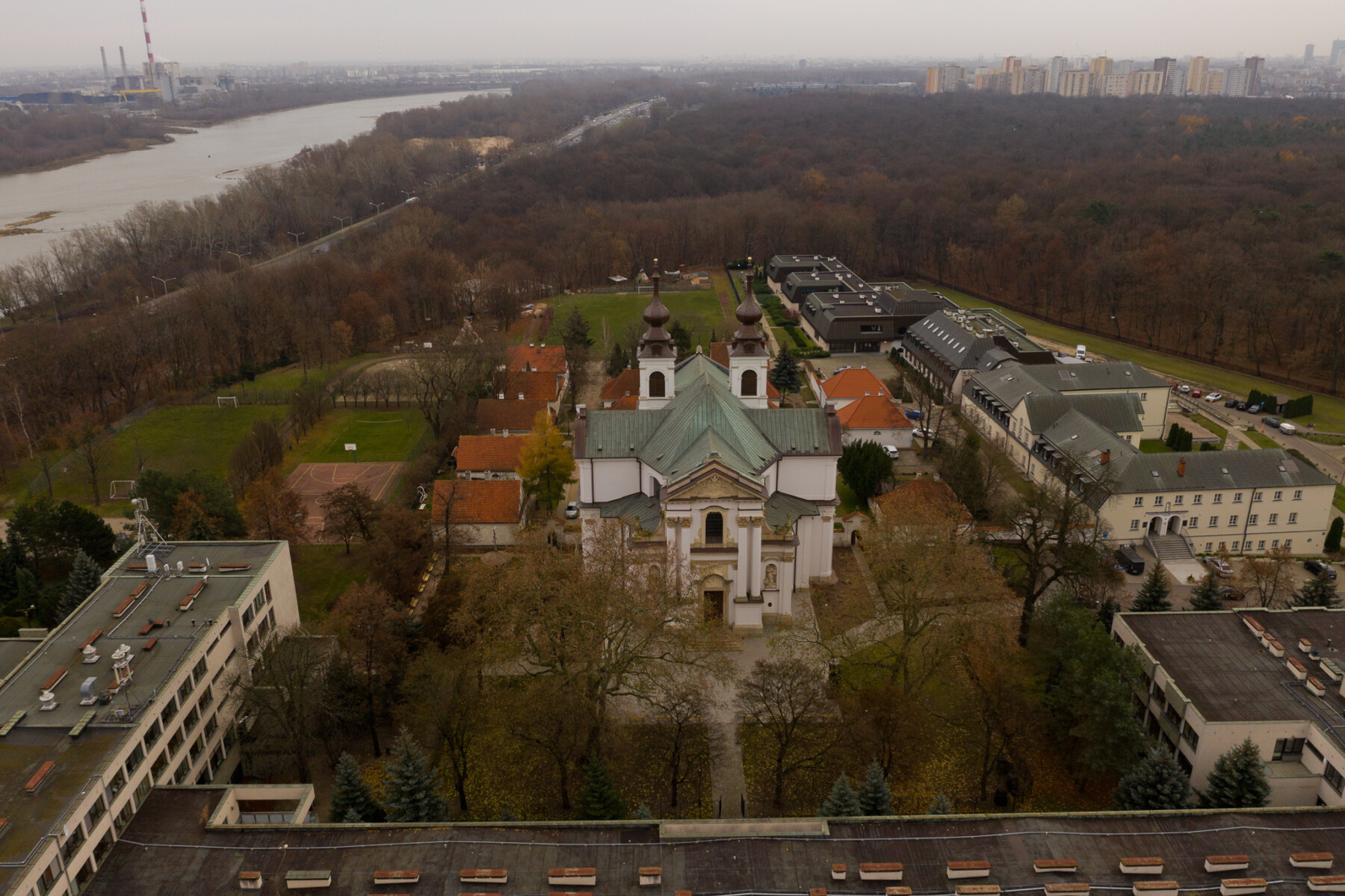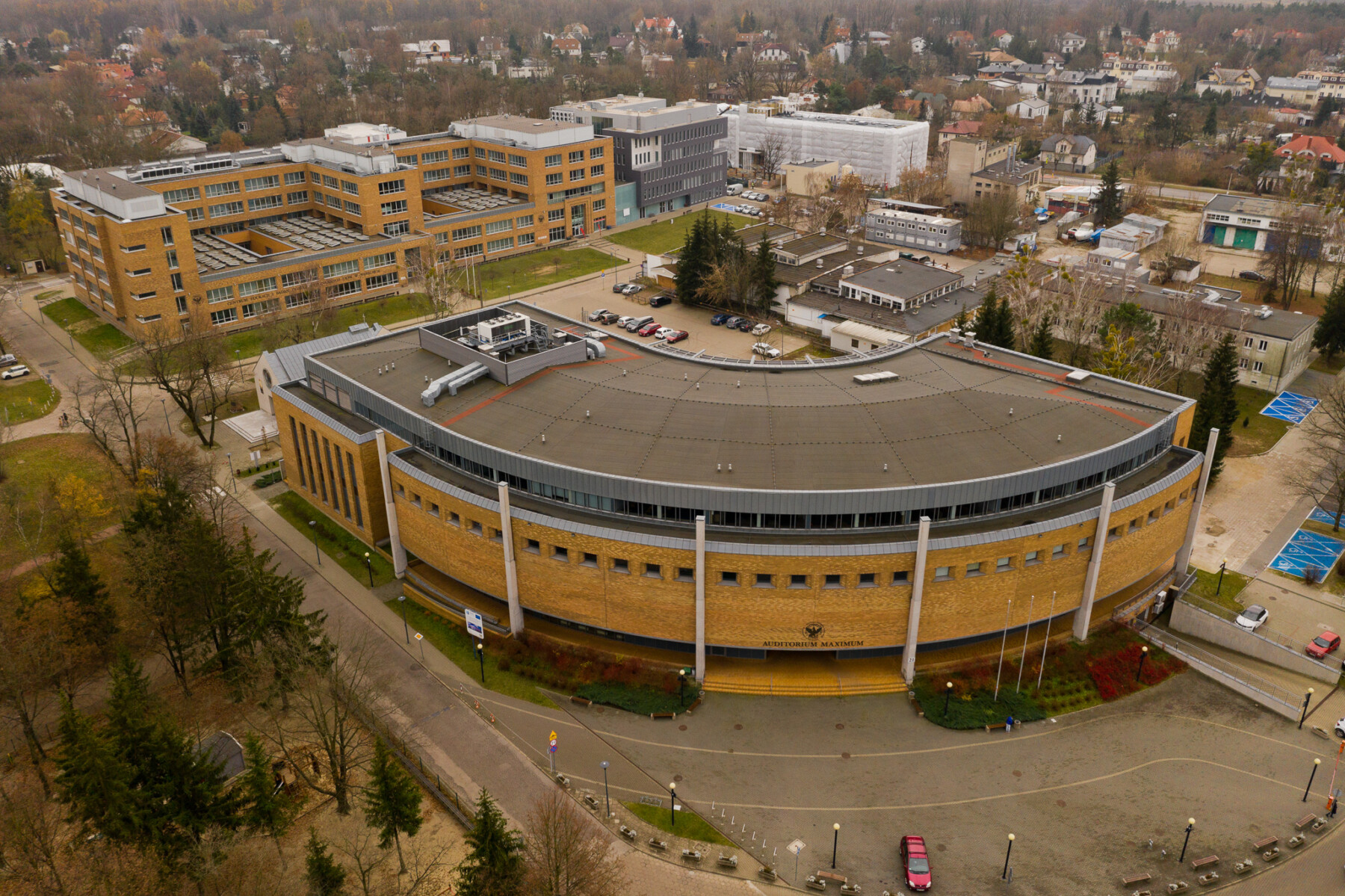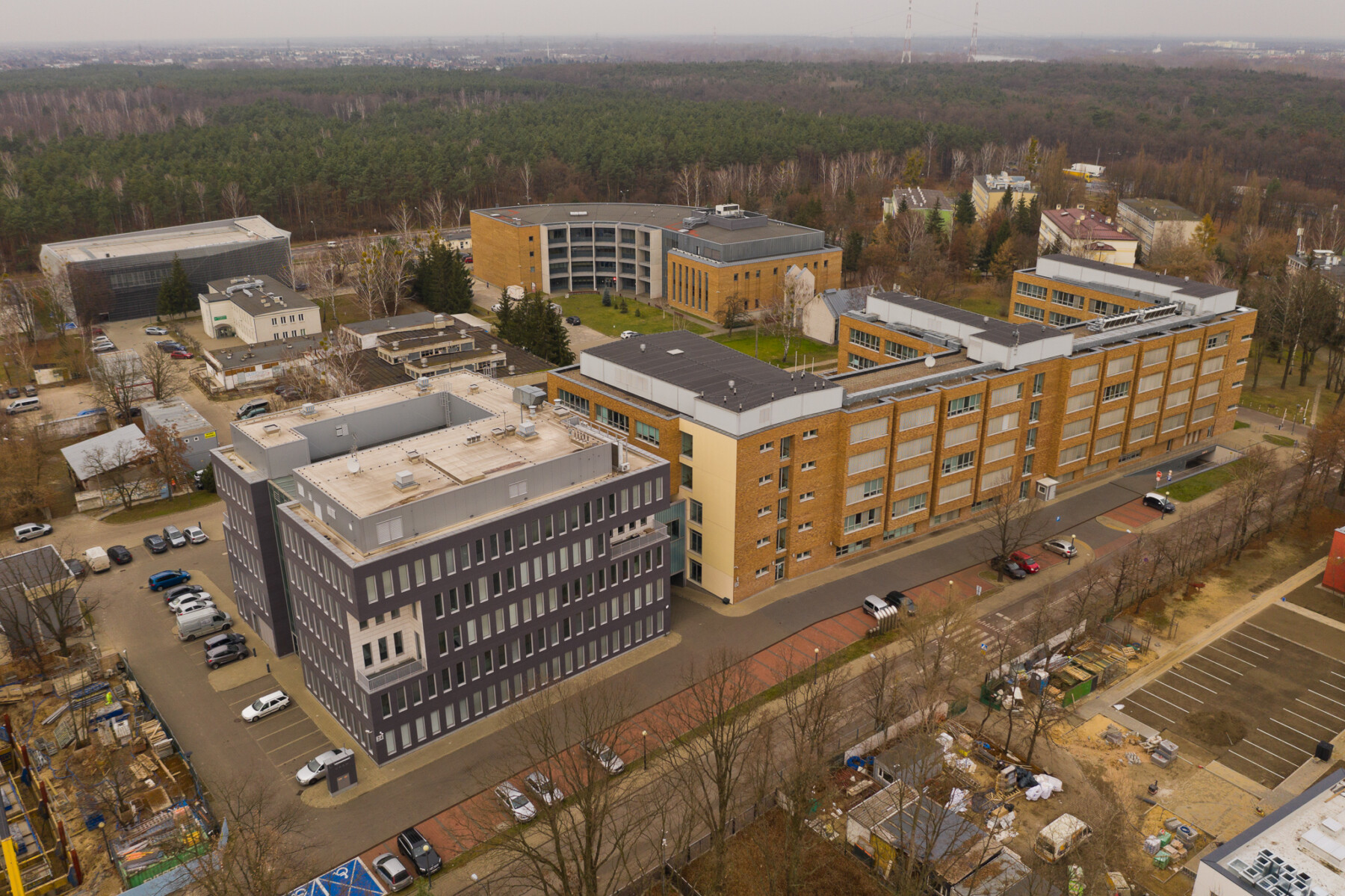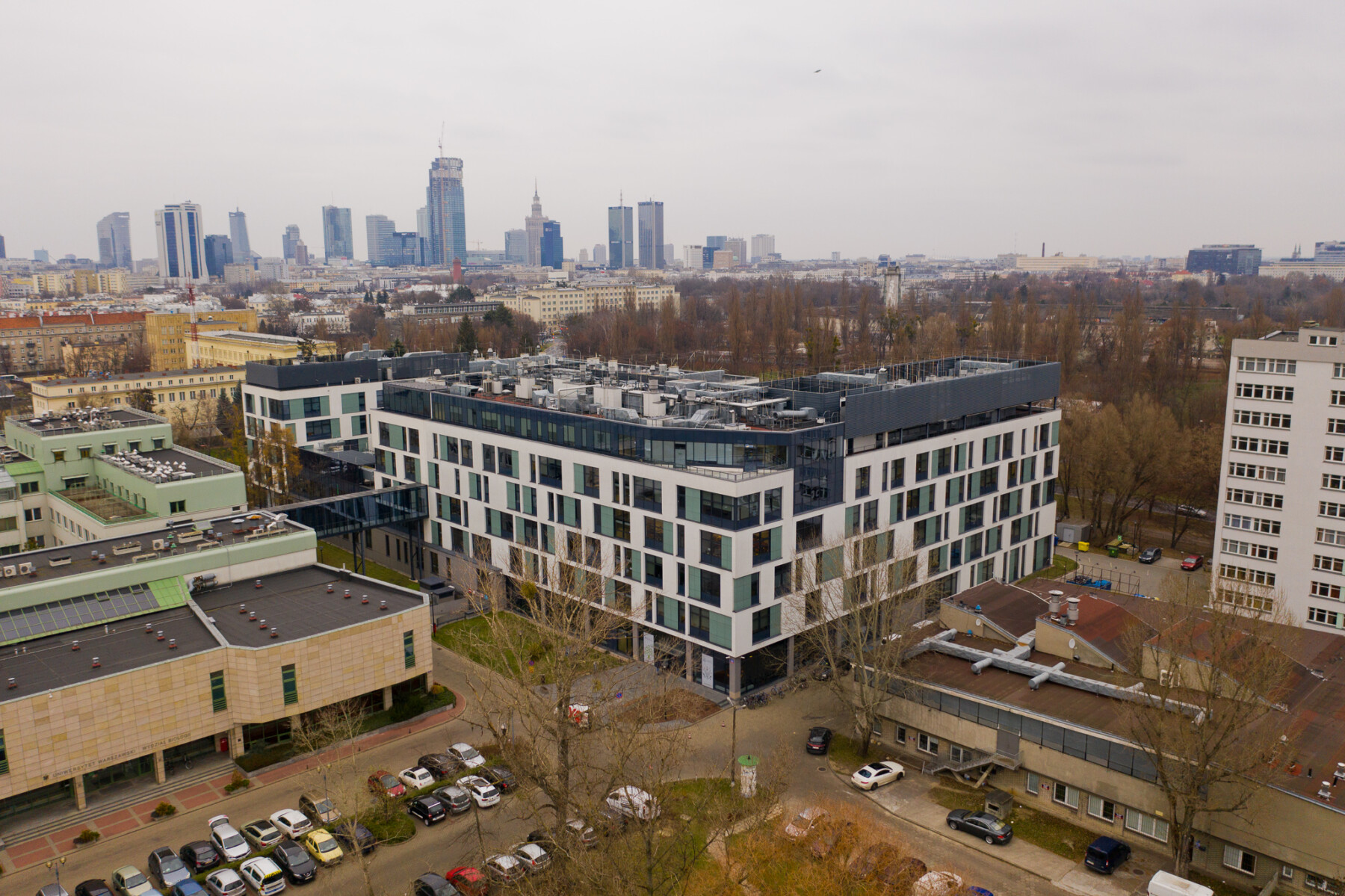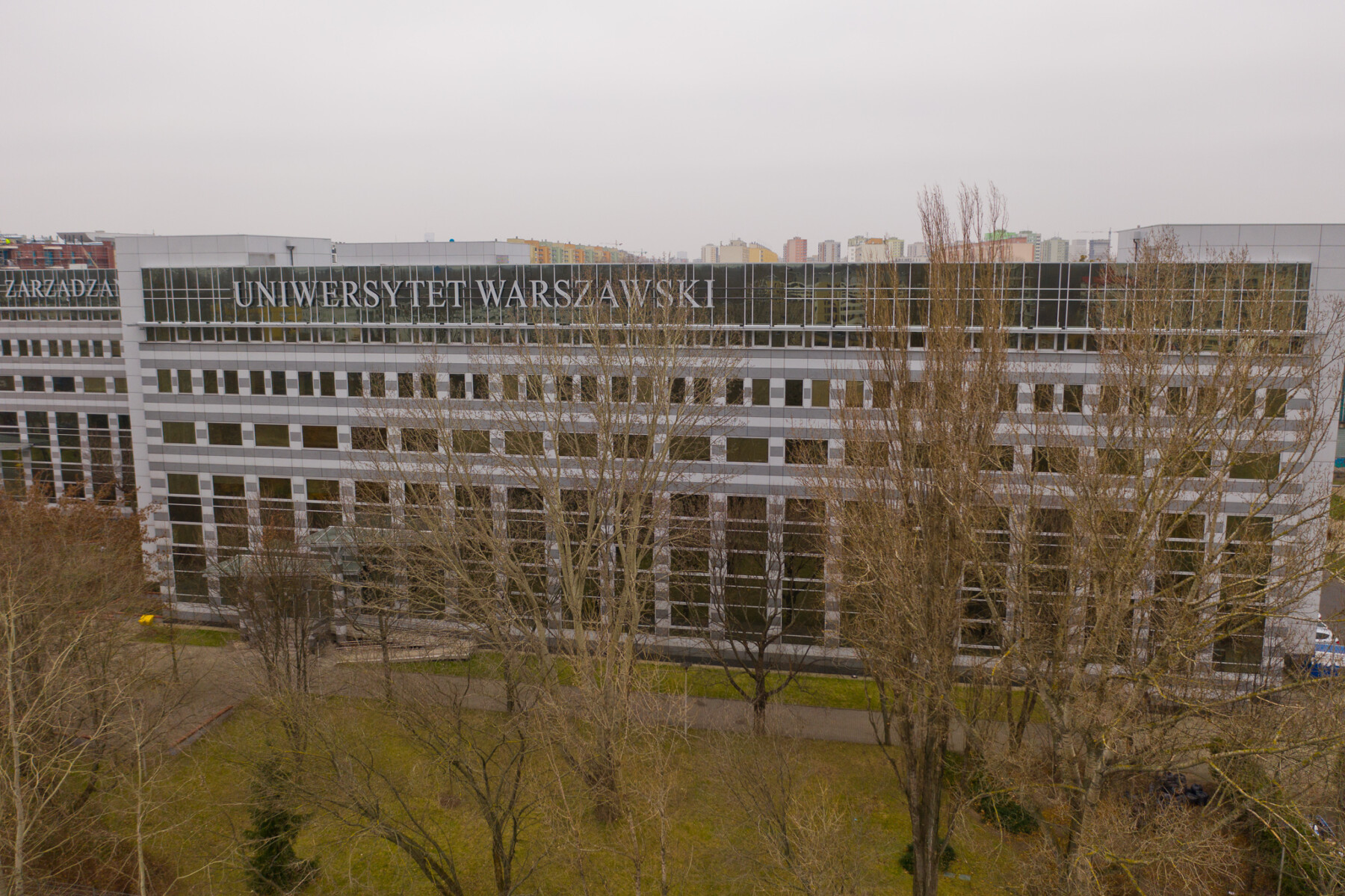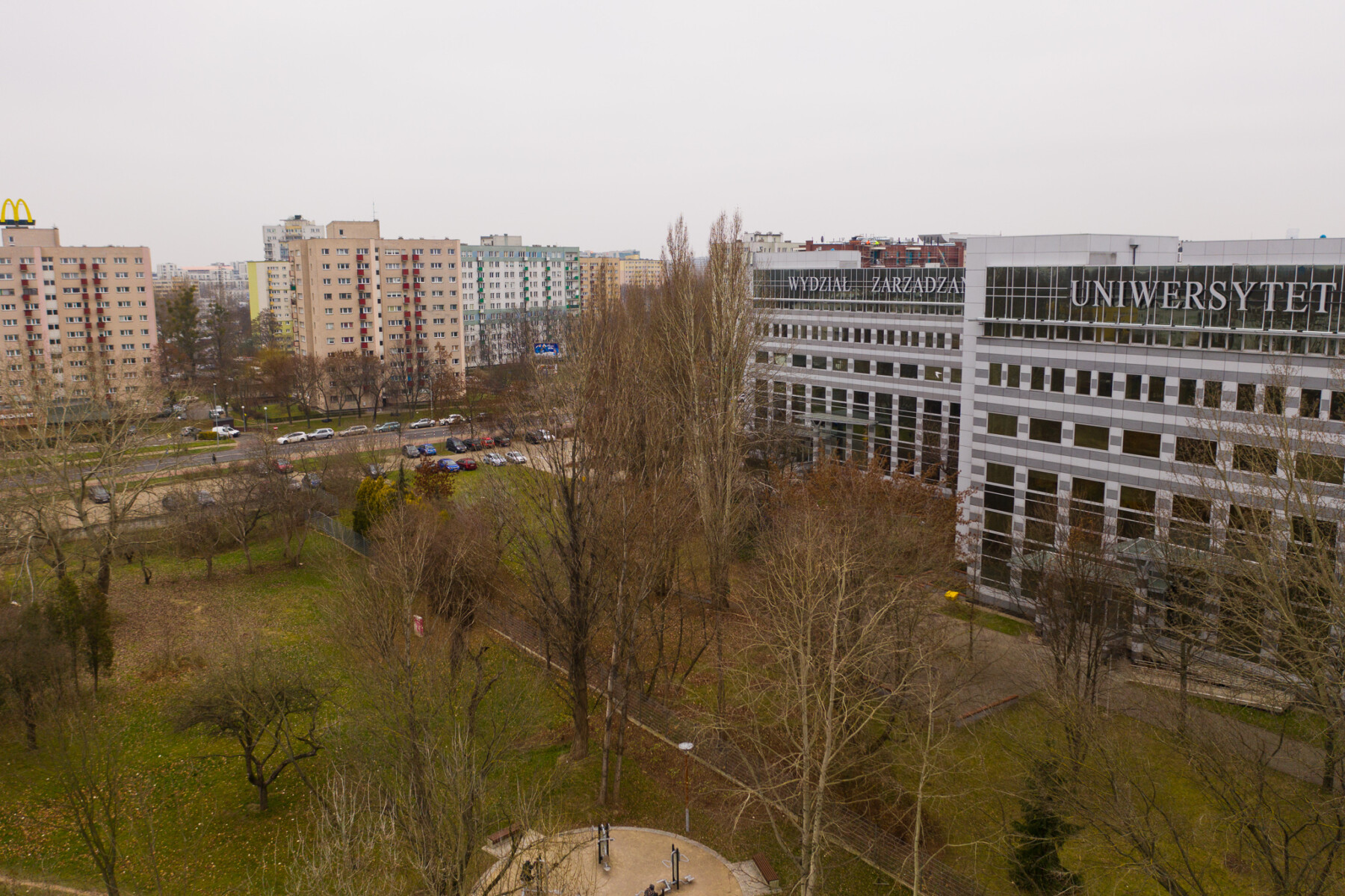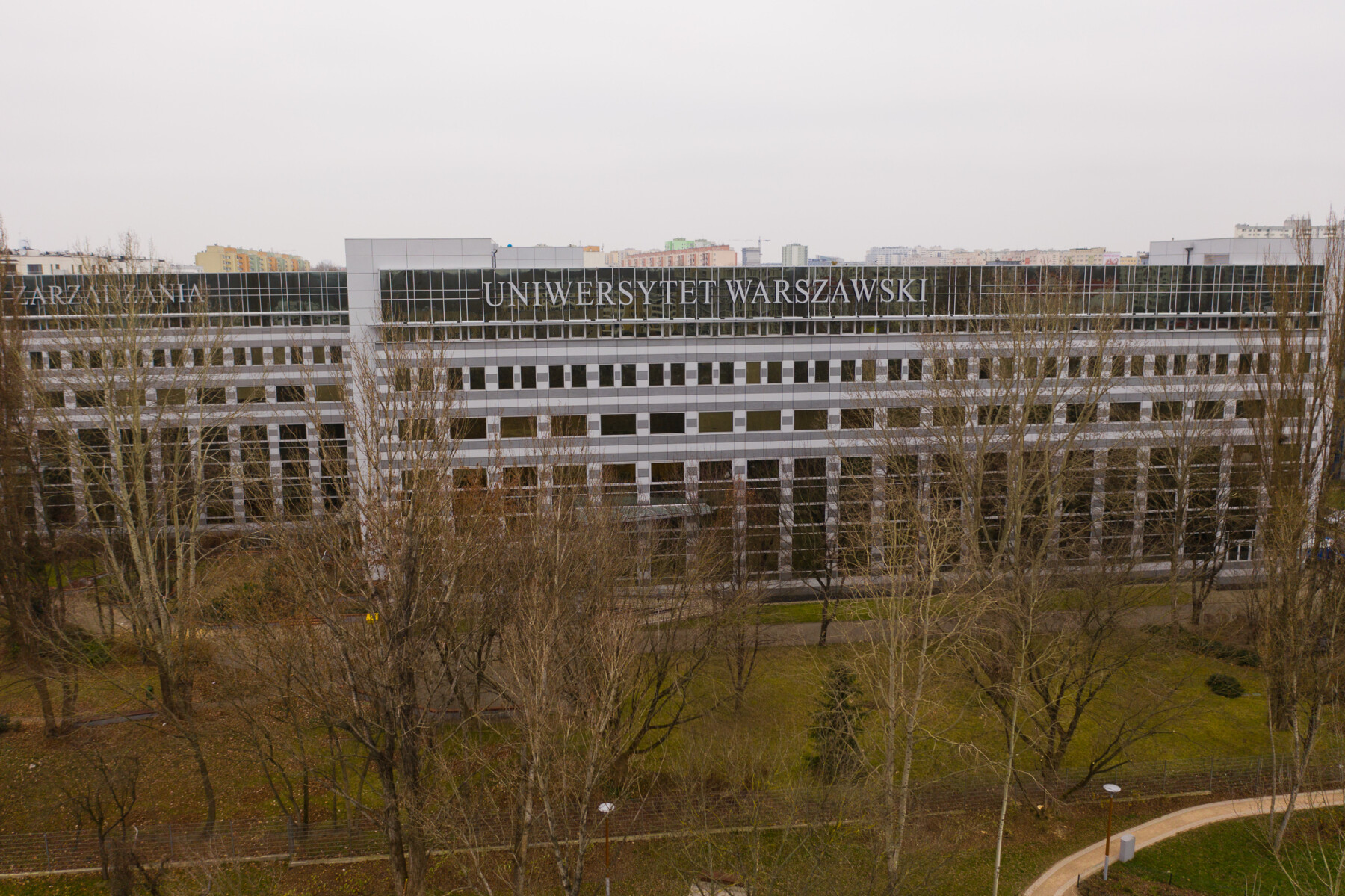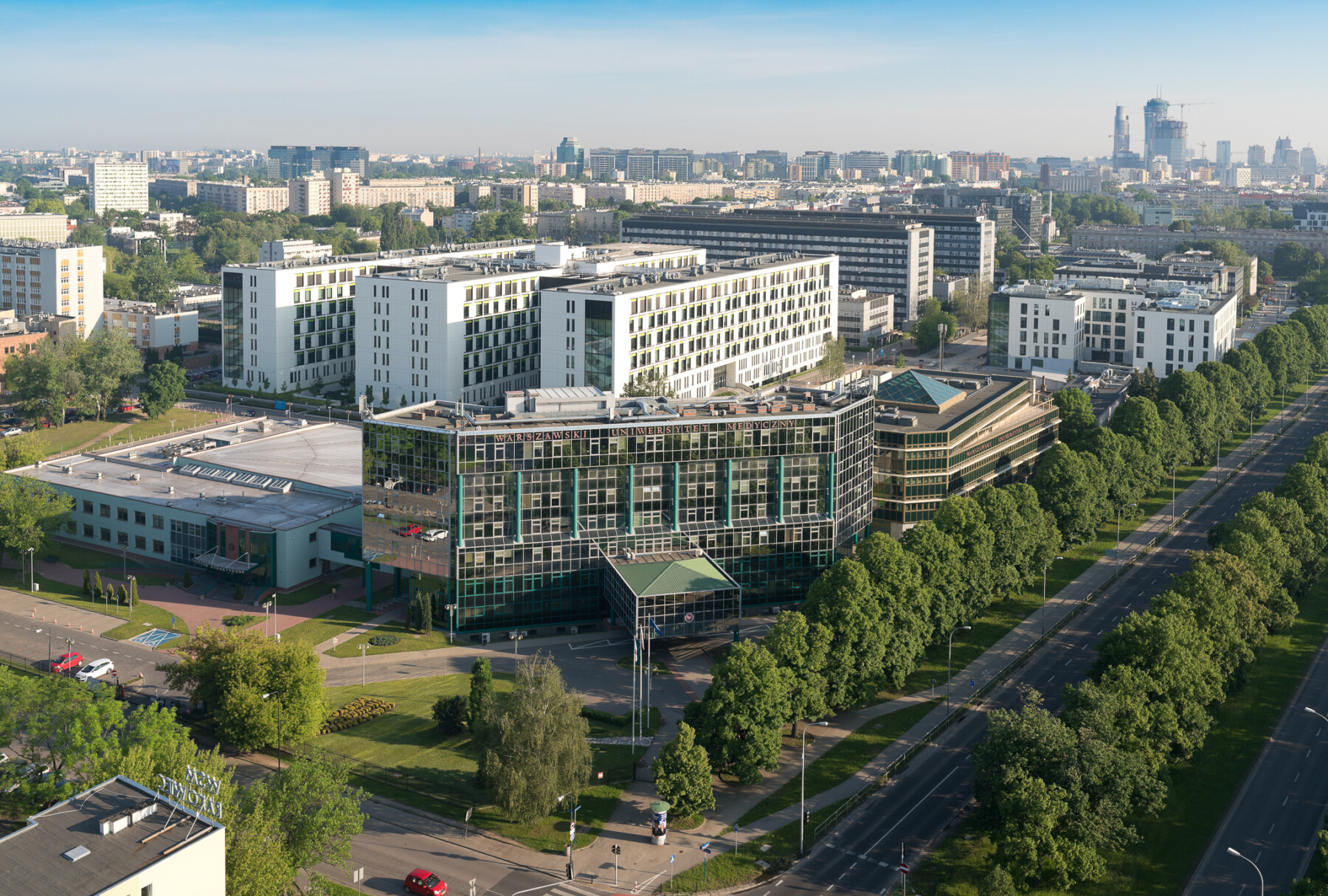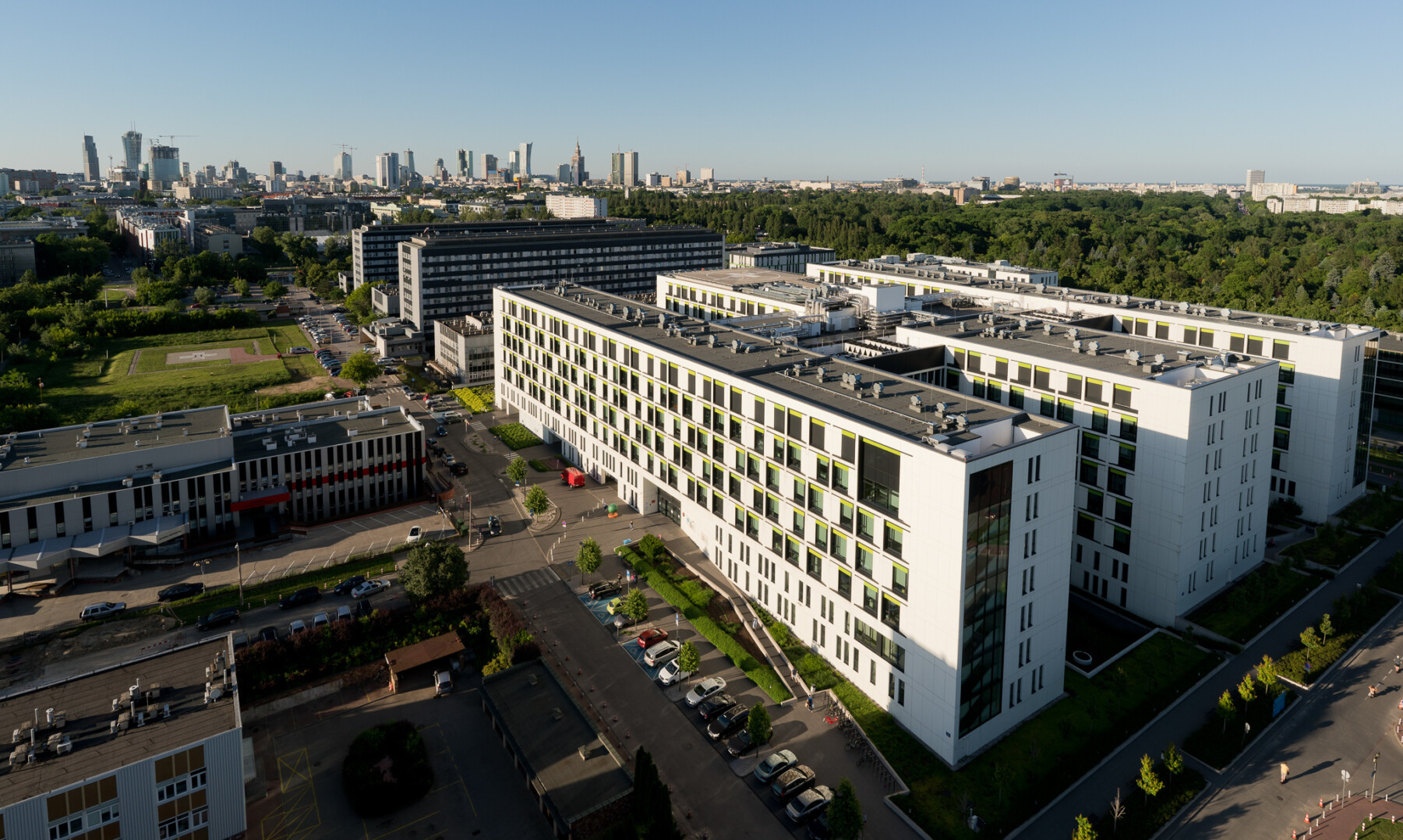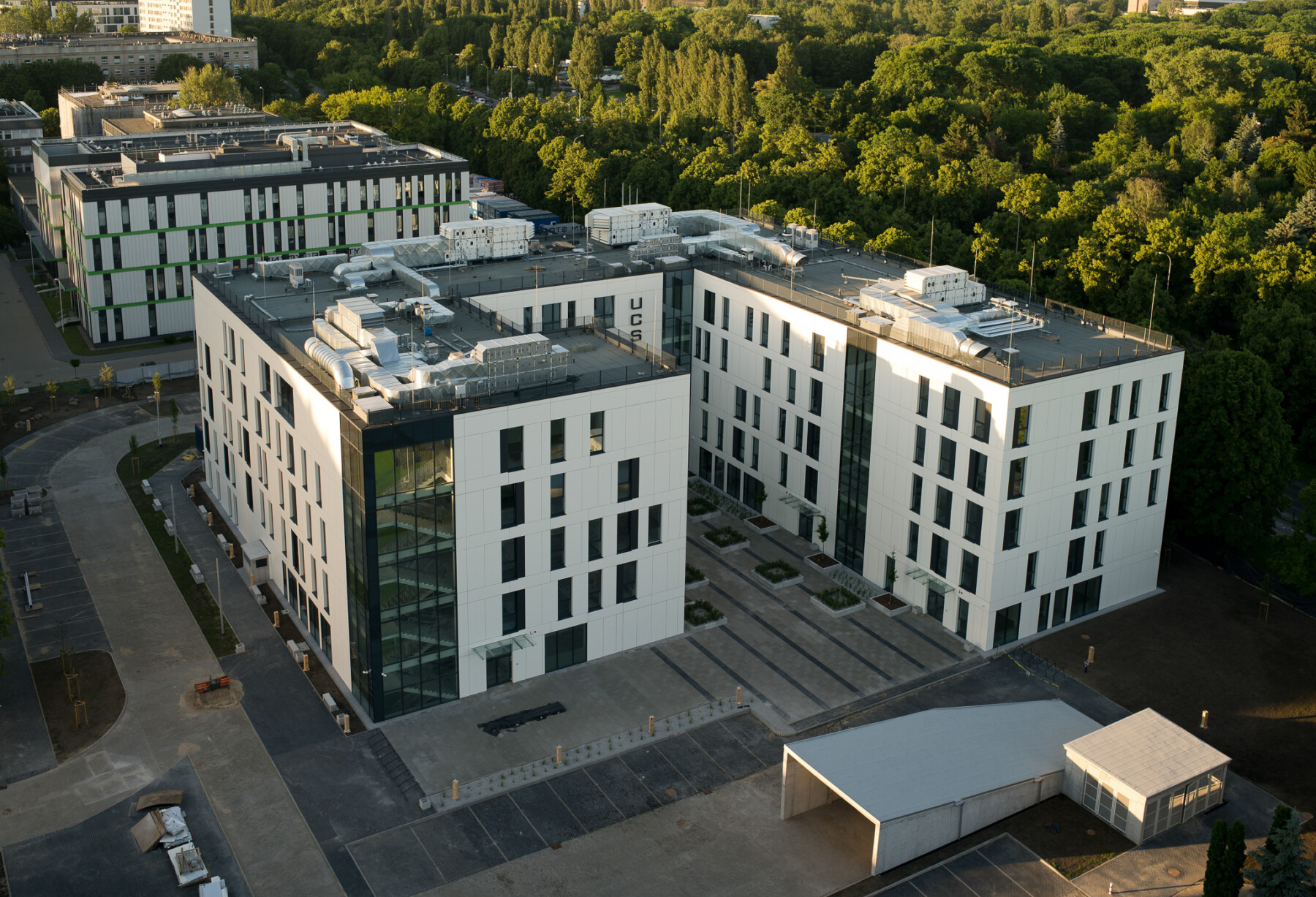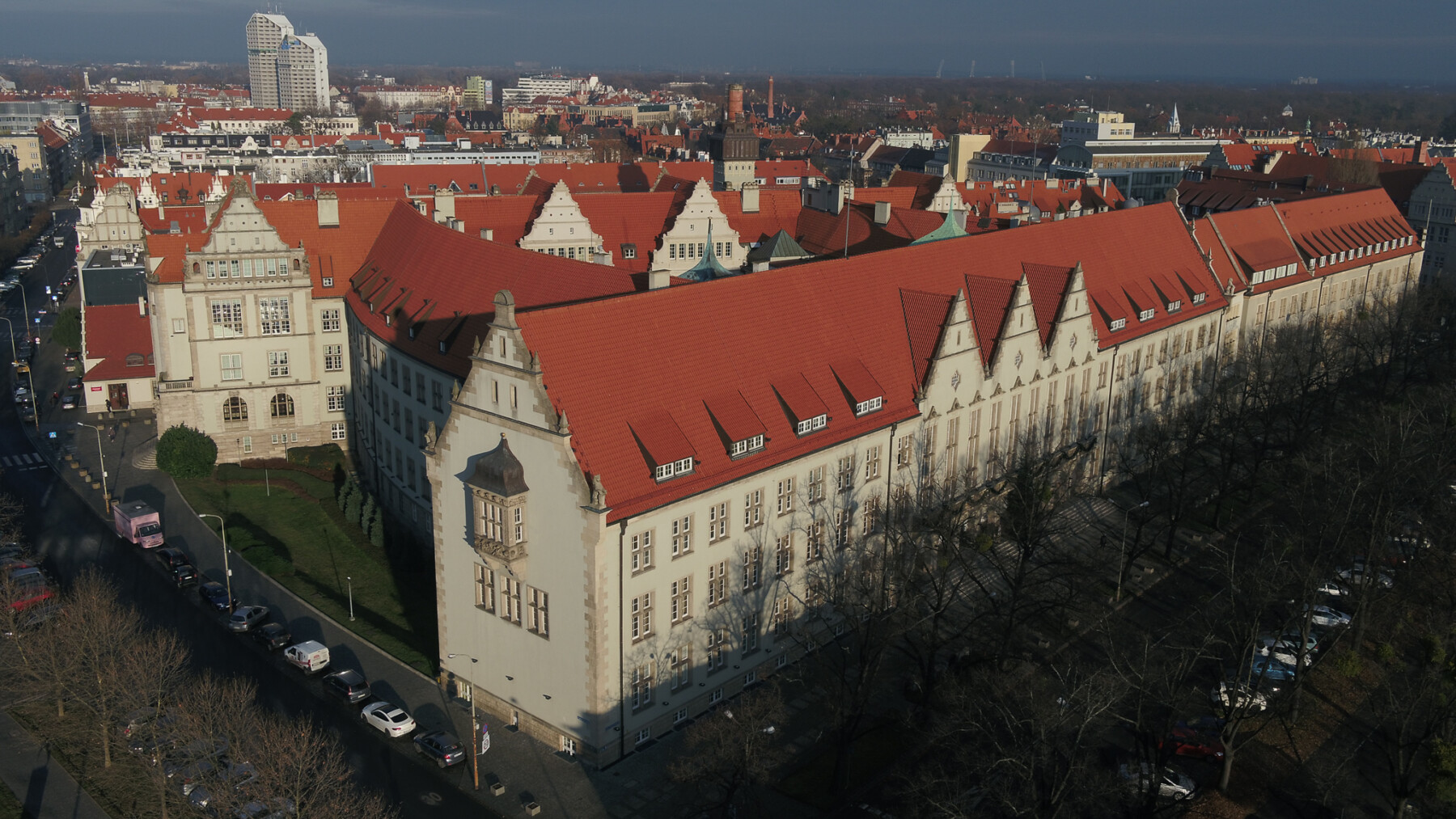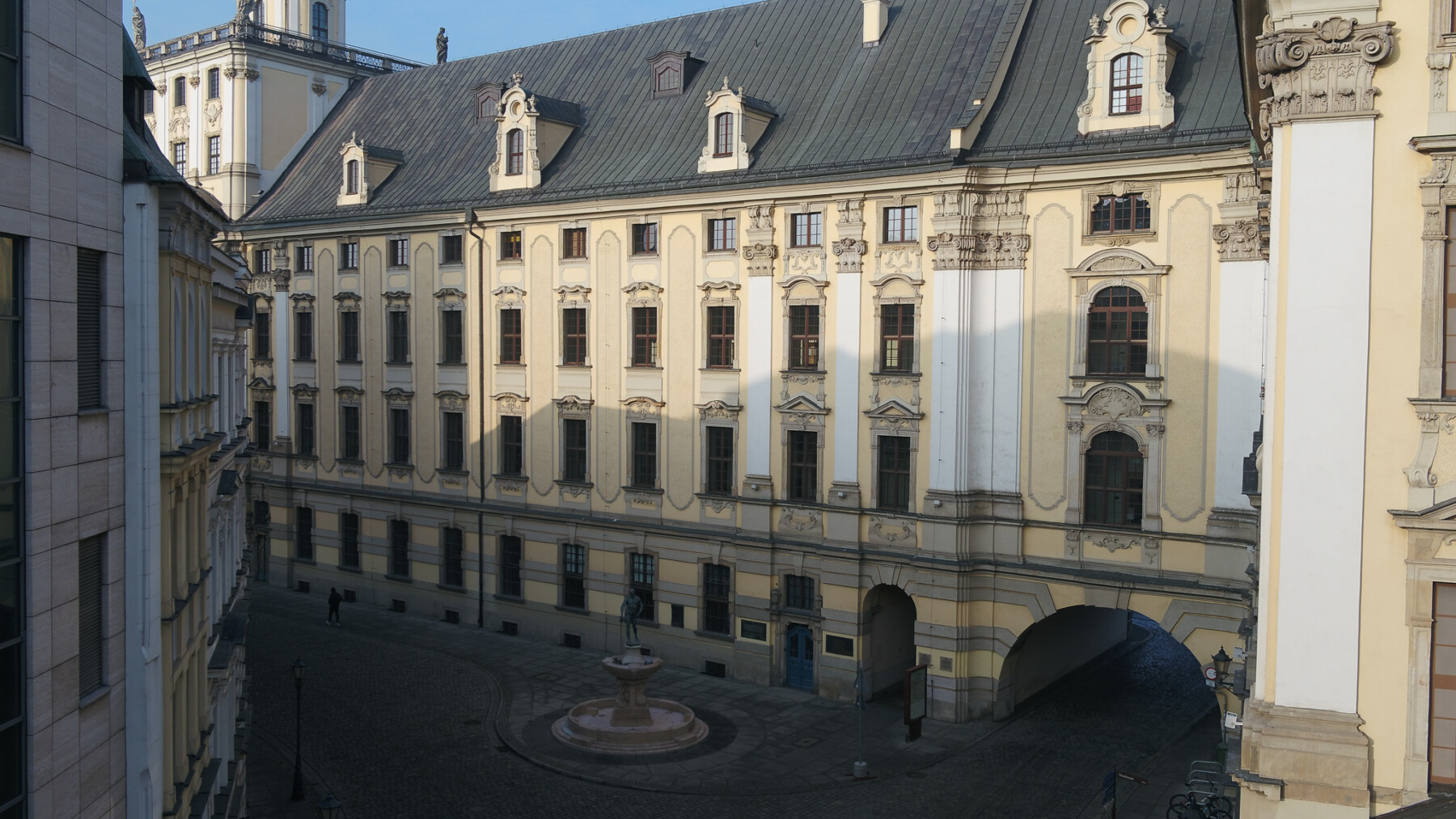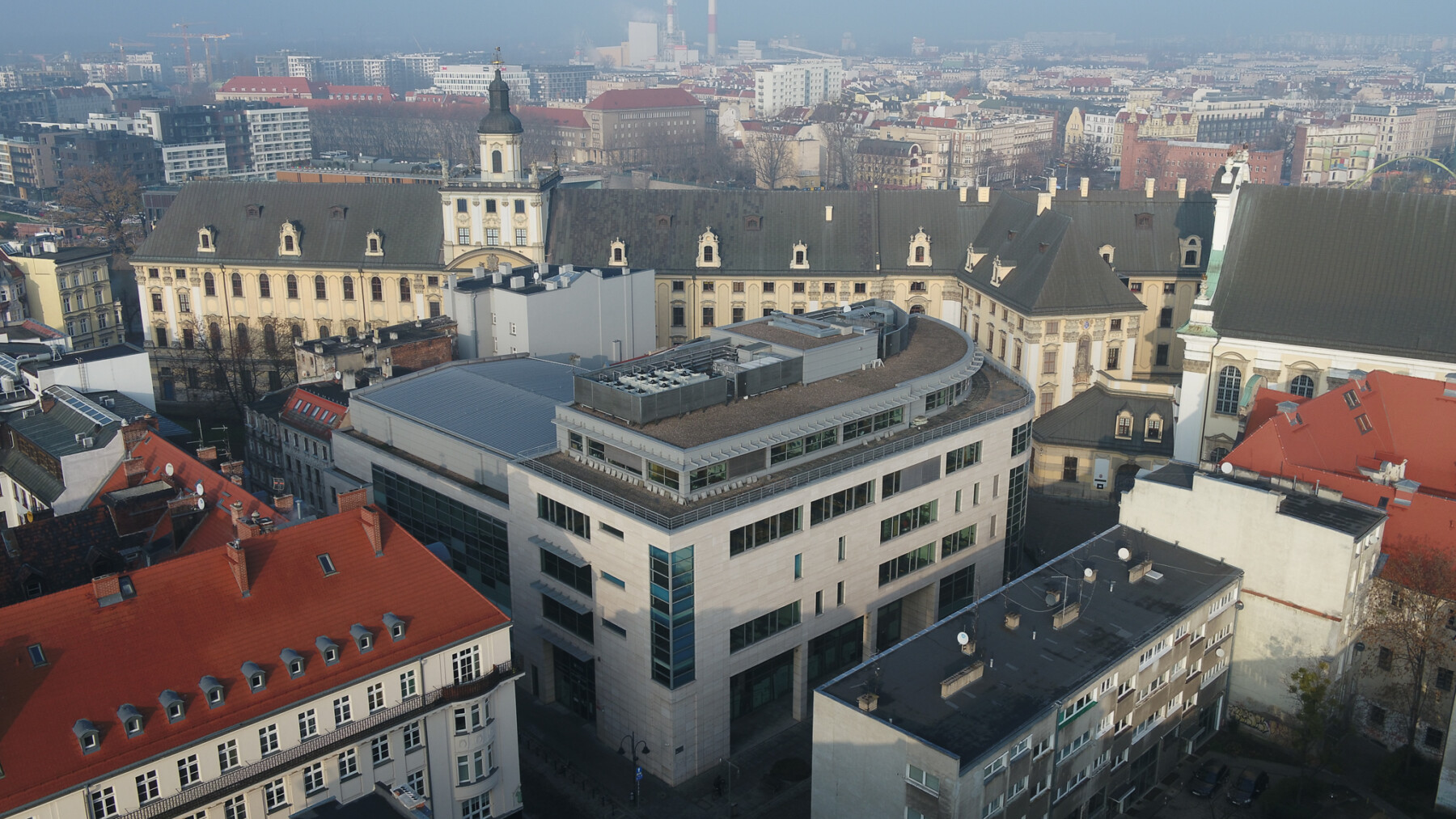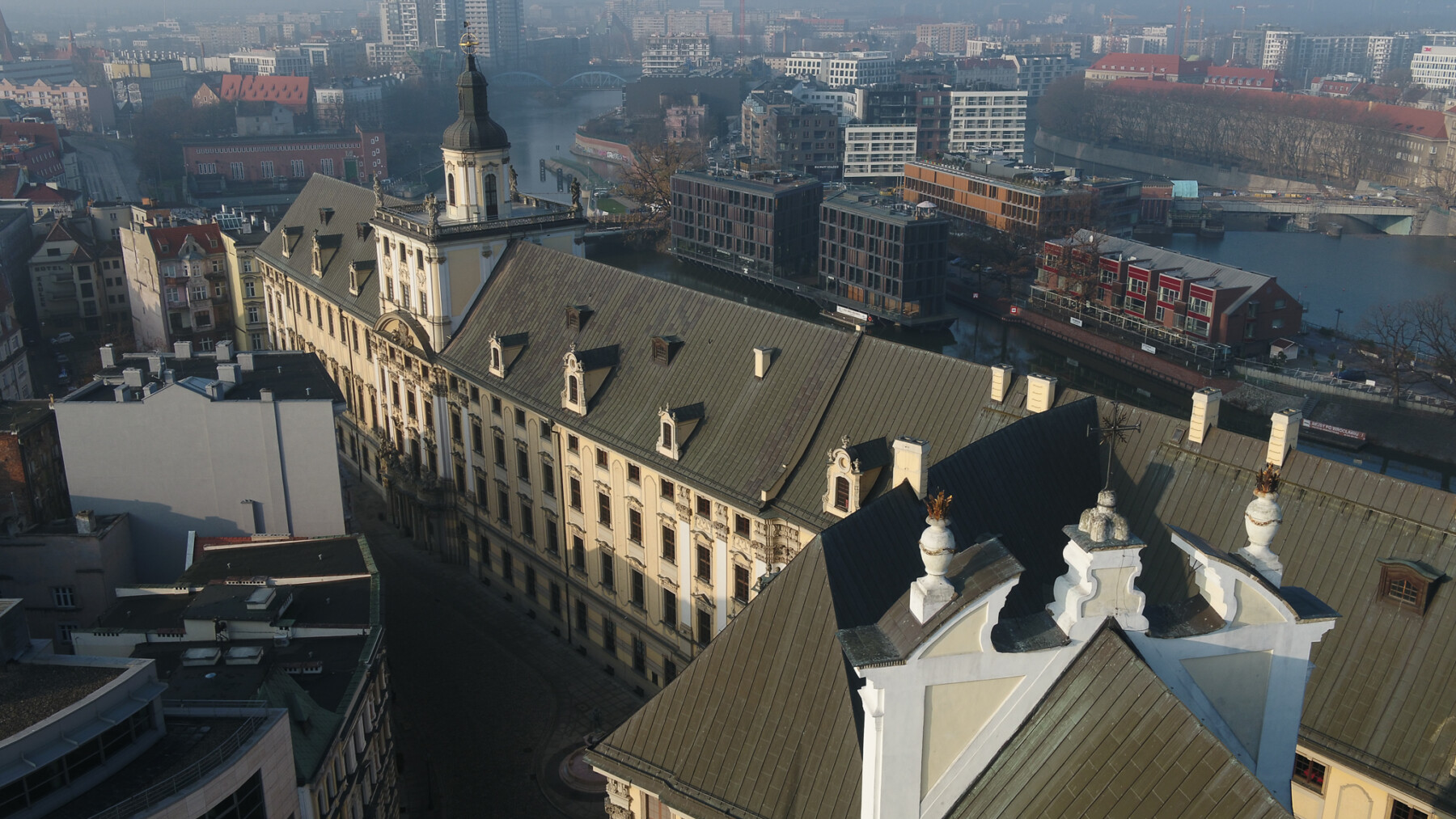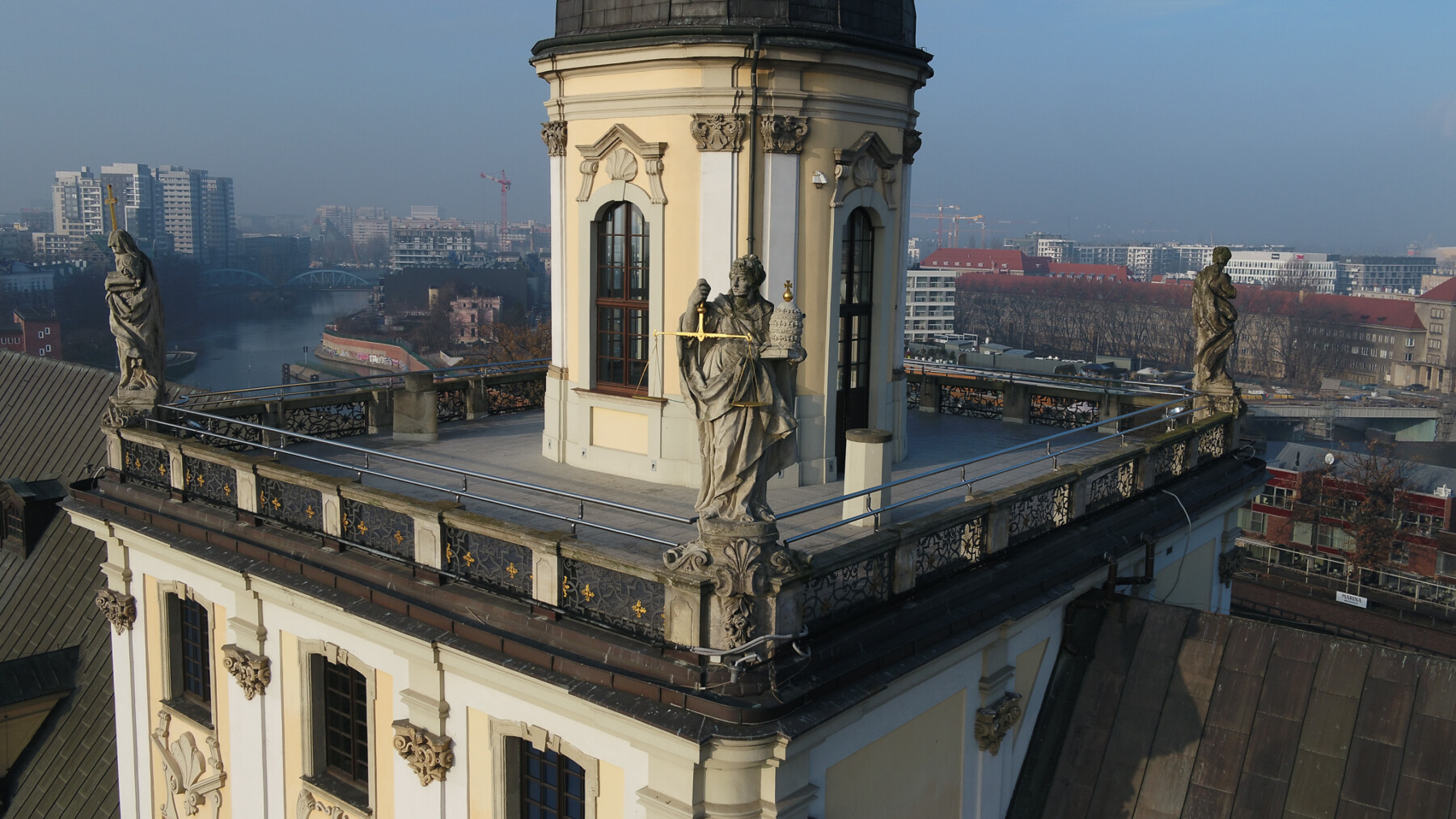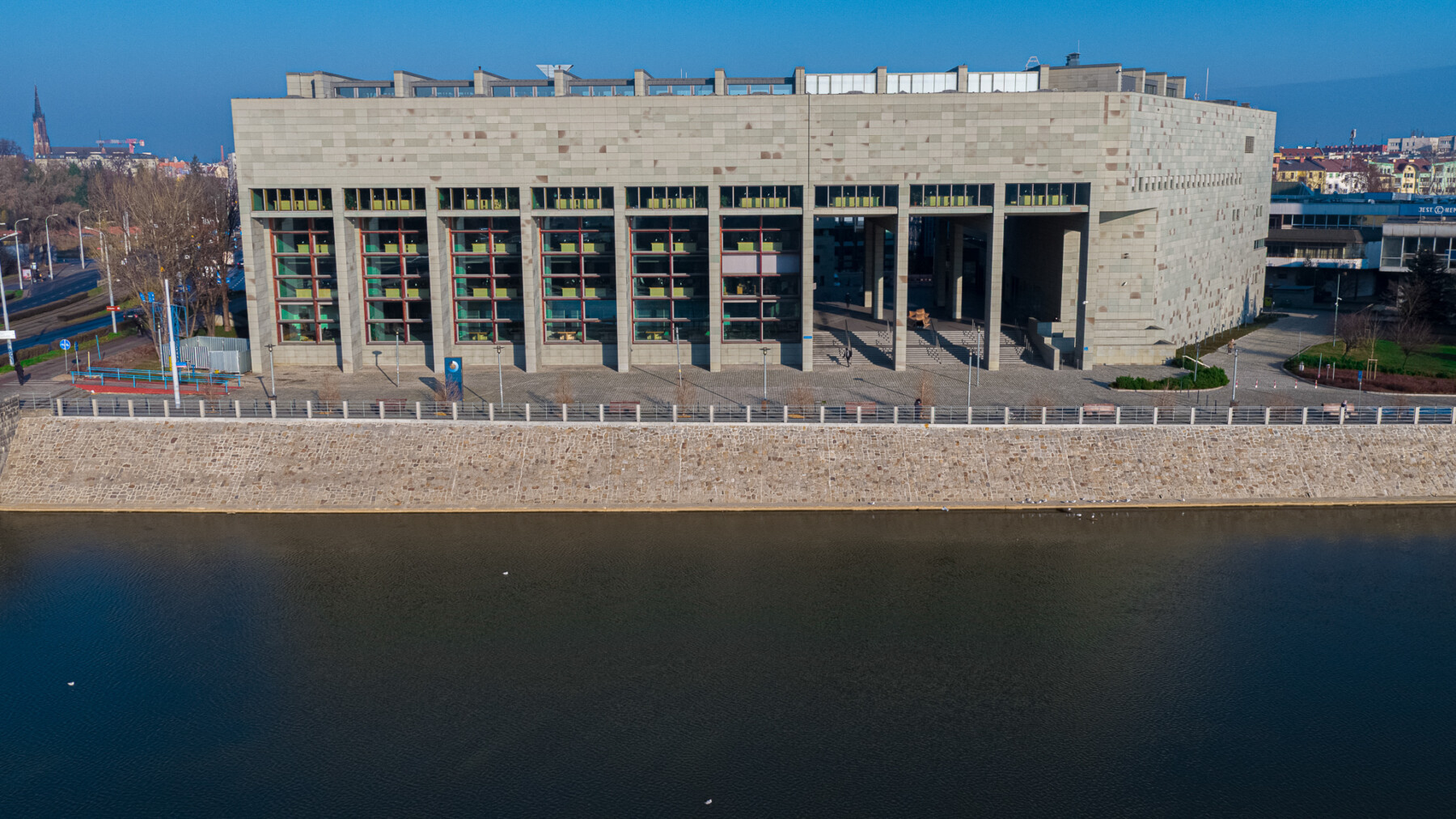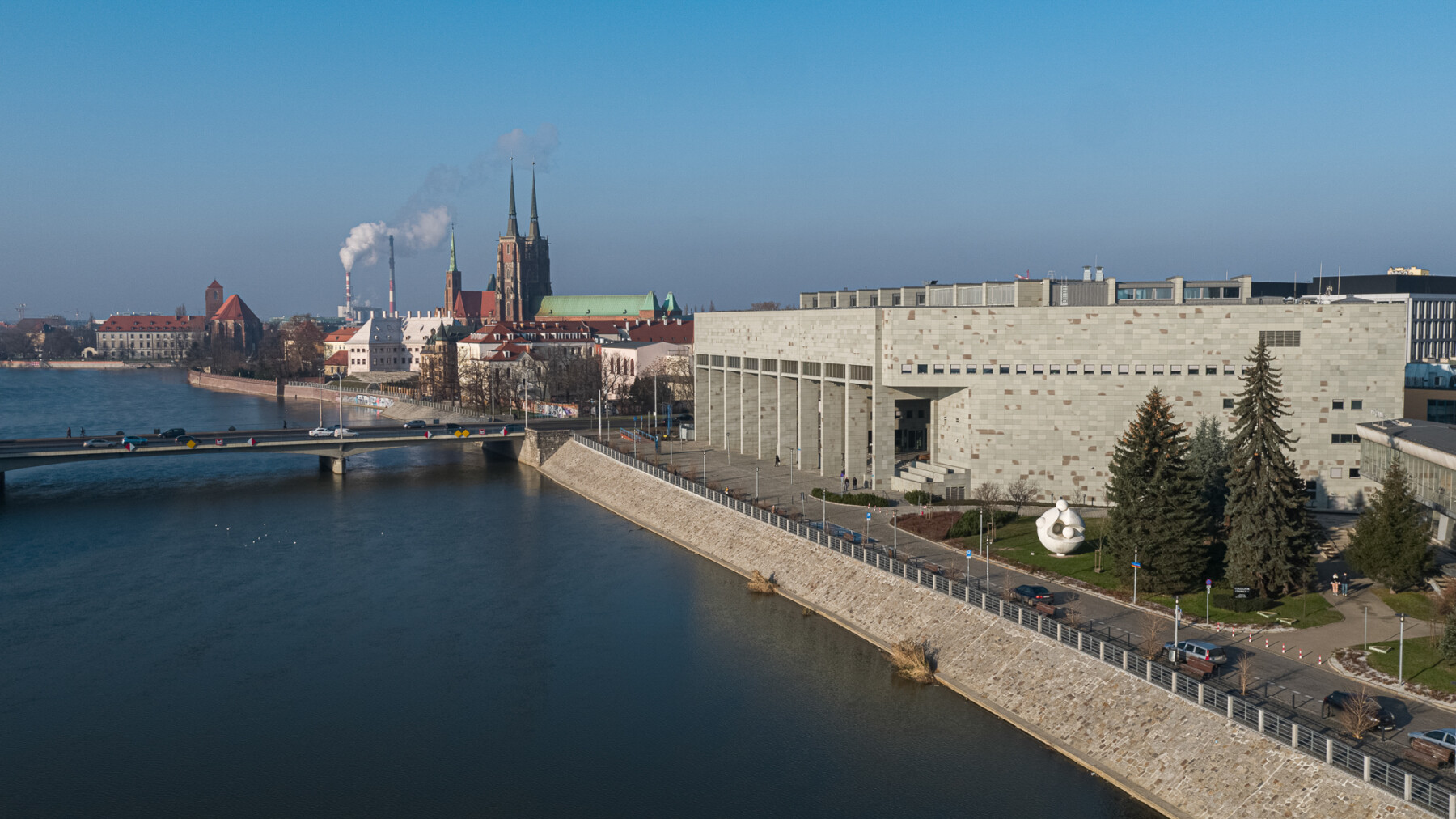
Cities of Knowledge – Architecture of Polish Campuses
More about the action
The objective of the “Cities of Knowledge – Architecture of Polish Campuses” exhibition is the presentation of the most beautiful campuses of Polish higher learning institutions. For centuries the university has played an inherent role in the process of shaping culture and is the expression of the human condition. Officially formed during the Middle Ages the university contains traditions of earlier times. Current universities function as one of the main elements of European culture while academic heritage remains a source of identity. This heritage, from Tartu to Dublin and from Oslo to Lisbon, shows the immense input of European universities in the progress of the world’s science and education. However, it is still underappreciated and to a significant degree undiscovered by the general public. Hence the idea for the exhibition and the presentation of the campuses of Poland’s higher learning institutions. The exhibition is meant to show the spectacular, over 650-year-old heritage of Polish campuses. Most Polish higher learning schools occupy historical buildings full of tradition, presenting the history of Polish education, sometimes being extraordinary gems of architecture. They may also be located in modern buildings designed by world-famous architects, structures which have received prestigious awards in international architectural competitions. Other than having visual value modern university seats are also often functional spaces providing students as well as researchers with excellent conditions for furthering their development. The exhibition will present the traditions of university studies in Poland which reach back as far as 1364 when, in Krakow, king Casimir III the Great established the University of Krakow today known as the Jagiellonian University. It was the second university in Central Europe. Over 650-year-old academic tradition has had an immense impact on the development of Polish science. Hundreds of years of experience allowed the creation of modern higher learning institutions whose international positions are universally recognized. These world-class universities have provided education for thousands of Polish scientists working all over the world. The names of their alumni are recognizable throughout every continent – Nicolaus Copernicus (1473-1543), Fryderyk Chopin (1810-1849), Czesław Miłosz (1911-2004), and John Paul II (1920-2005). According to statistics from the 31st of December, 2018 over 1,200,000 students including 73,000 foreign students have studied at Polish universities. During the 2019/20 academic year there were 373 universities in Poland. The country’s excellent geographical location, near European capitals, provides great opportunities for study. Its vibrant cities with modern and historic university campuses full of wonderful architecture allow the completion of an education that is of amazing quality and right in the center of Europe.
The exhibition will present the modern world of Polish education inseparably connected to glorious traditions and spectacular architectural heritage. The exhibition is meant to arouse interest in national heritage. We will present 35 Polish campuses including the Medical University of Białystok, University of Białystok, University of Gdańsk, Gdańsk University of Technology, University of Silesia in Katowice, Jan Kochanowski University of Kielce, Jagiellonian University, Cracow University of Technology, University of Agriculture in Krakow, Academy of Fine Arts in Krakow, Lublin University of Technology, Lodz University of Technology, University of Opole, Nicolaus Copernicus University in Toruń, University of Warsaw, Warsaw University of Life Sciences, Cardinal Stefan Wyszyński University in Warsaw, Academy of Fine Arts in Warsaw, Warsaw School of Economics, University of Wrocław, Wrocław University of Science and Technology, and others.
The exhibition is the answer to the continually growing need for the promotion of Polish culture, science, and academic heritage which are a part of Poland’s national heritage. It is a component of activities meant to promote culture in Poland and increase interest in culture and the arts throughout the nation. It supports the development of the culture sector and the promotion of Polish national heritage as an element of European cultural heritage. This the exhibition also assists activities within the area of culture and national heritage of non-governmental organizations such as the “Varia” Foundation or the Association of University Museums, which have advocated Polish national heritage for years.
*Statistical data – Central Statistical Office 2019
The exhibition will present 35 Polish universities and their campuses.





Co-financed by the Ministry of Culture, National Heritage and Sport.
The exhibition is organized in cooperation with the National Center for Culture.
Copyright © Varia Foundation







































































































